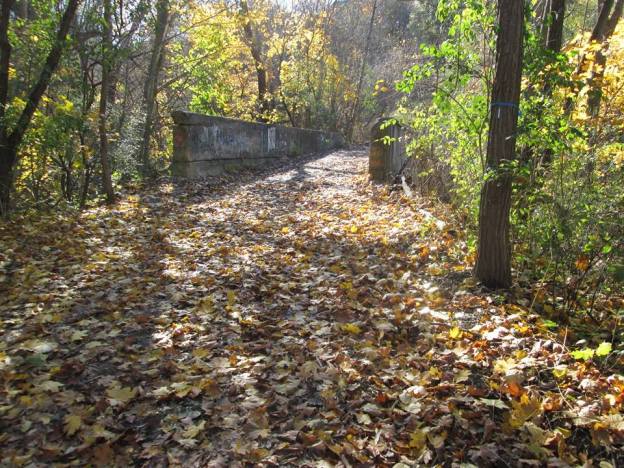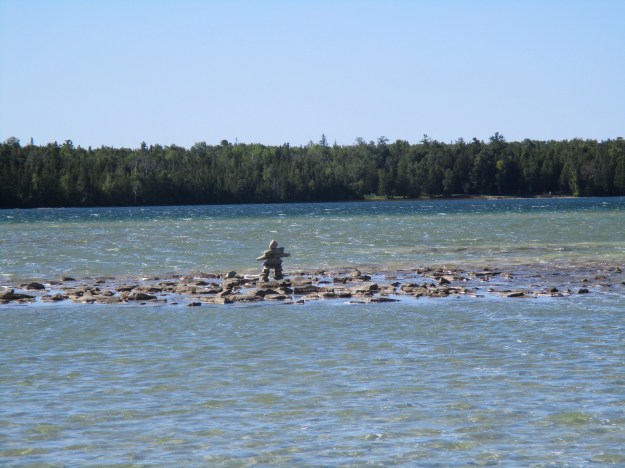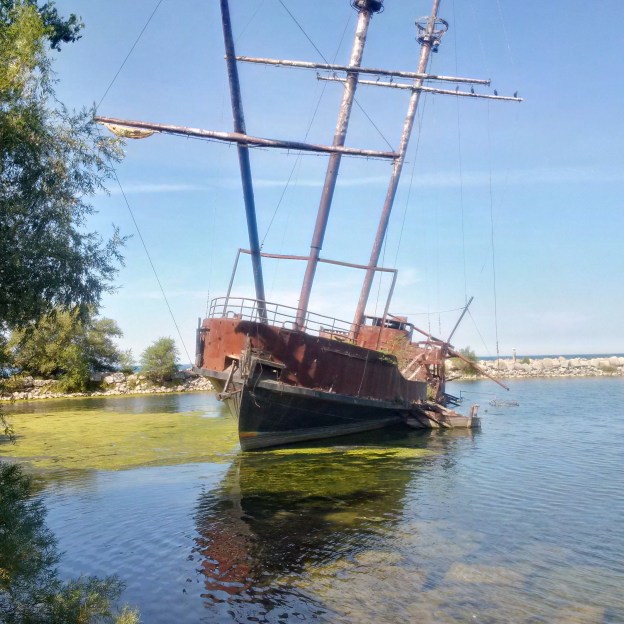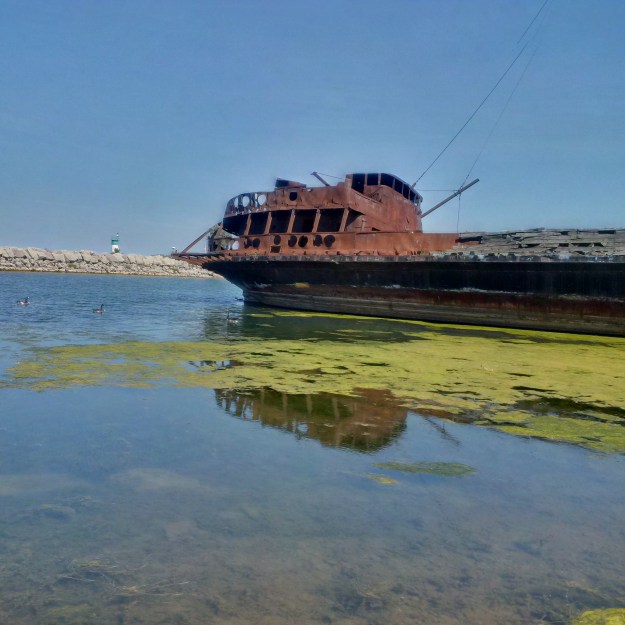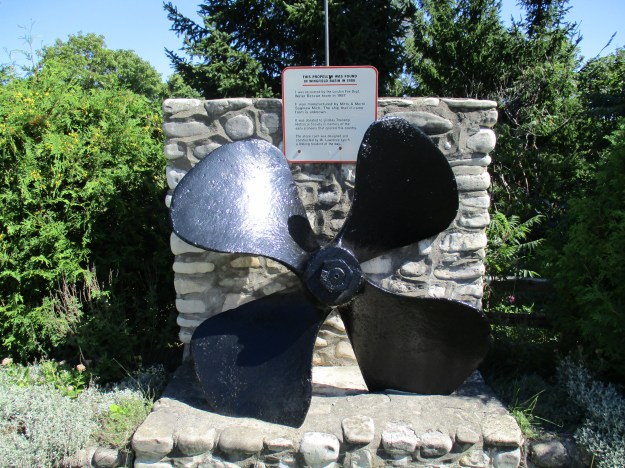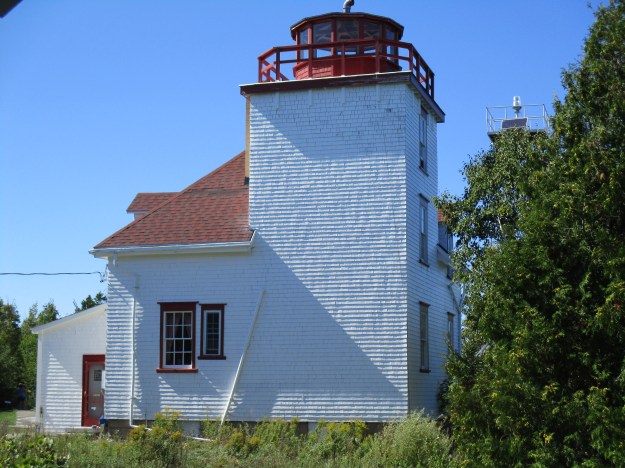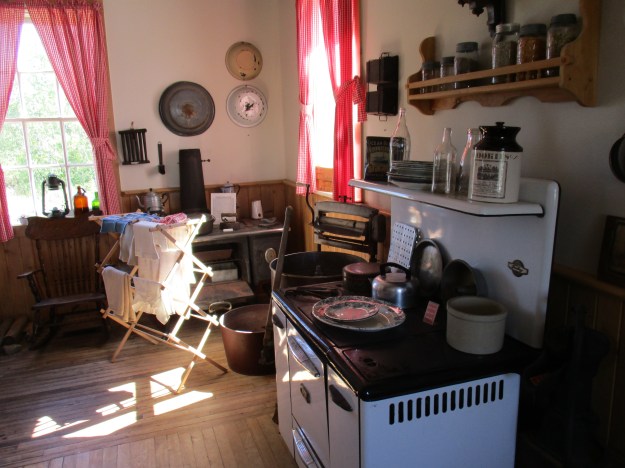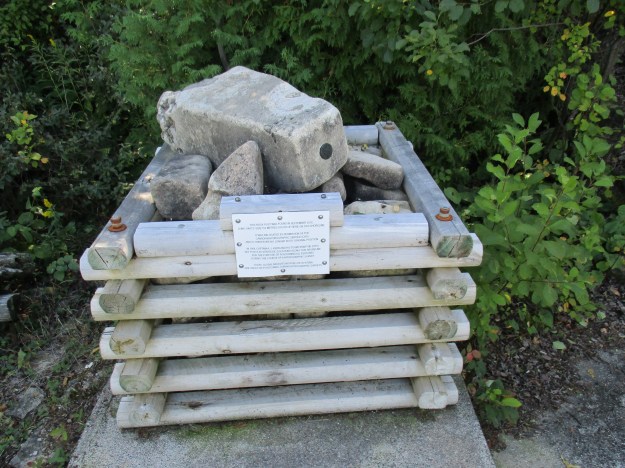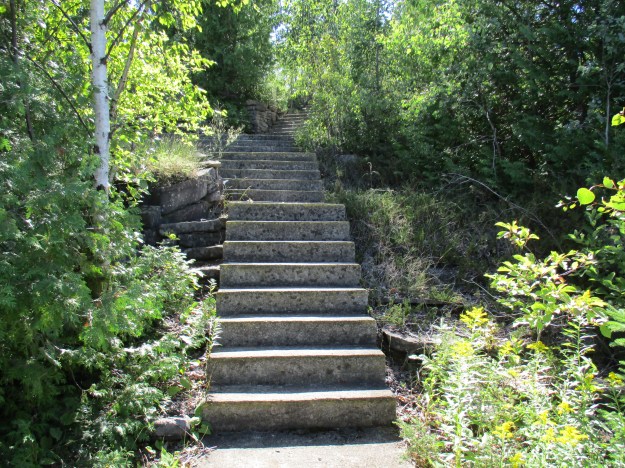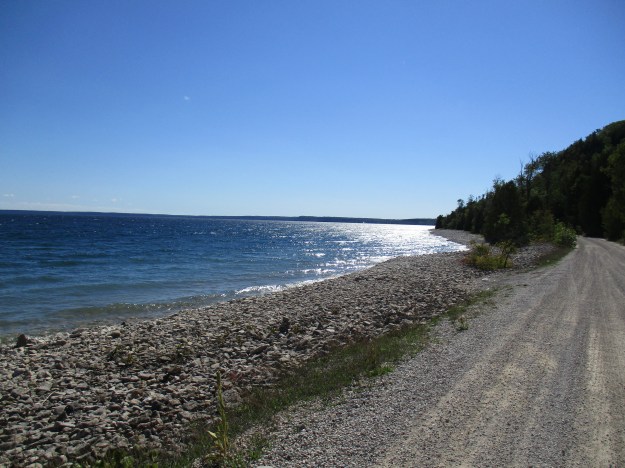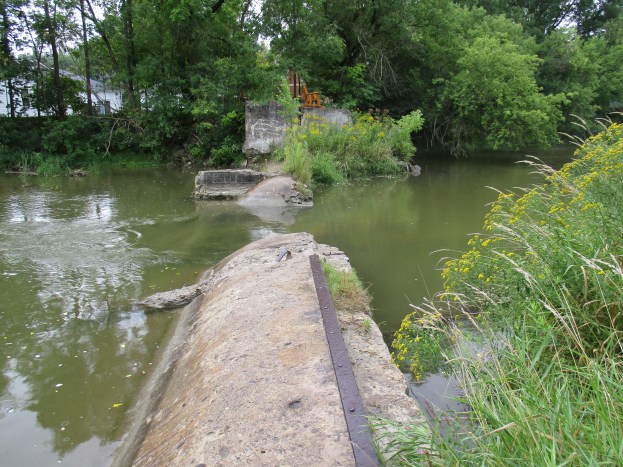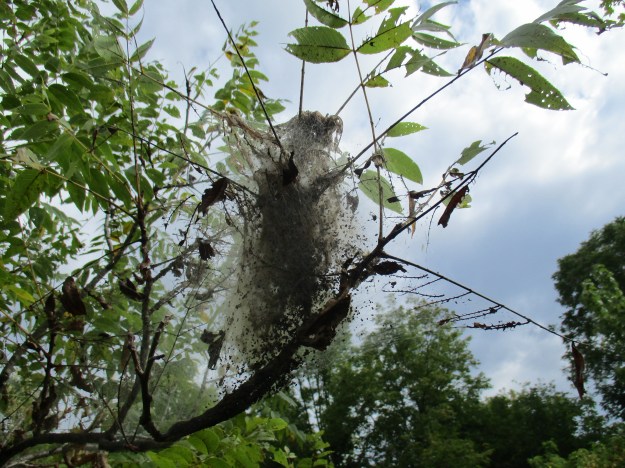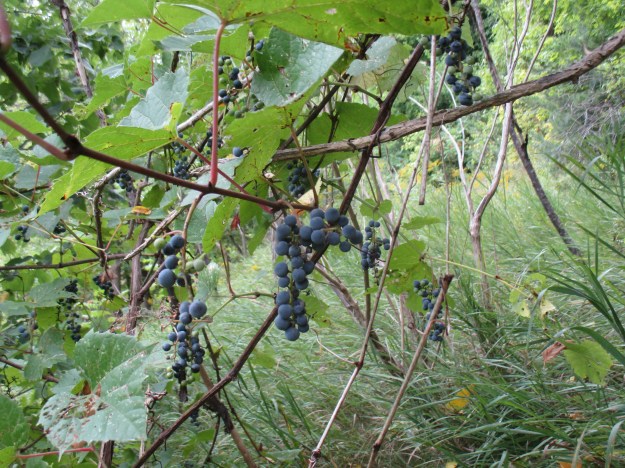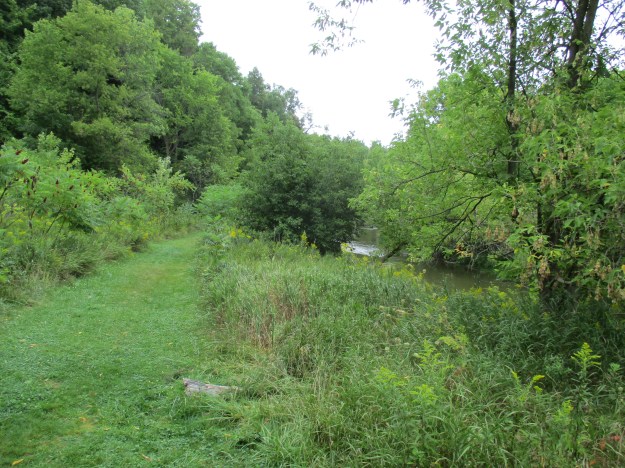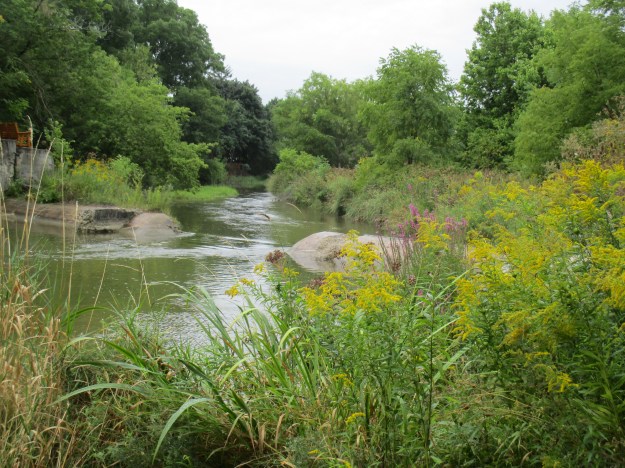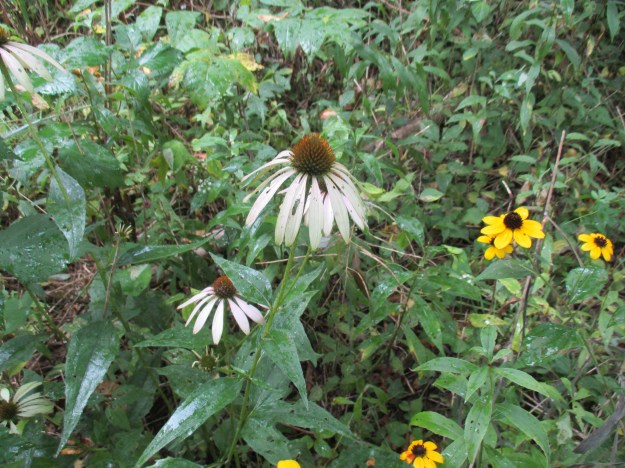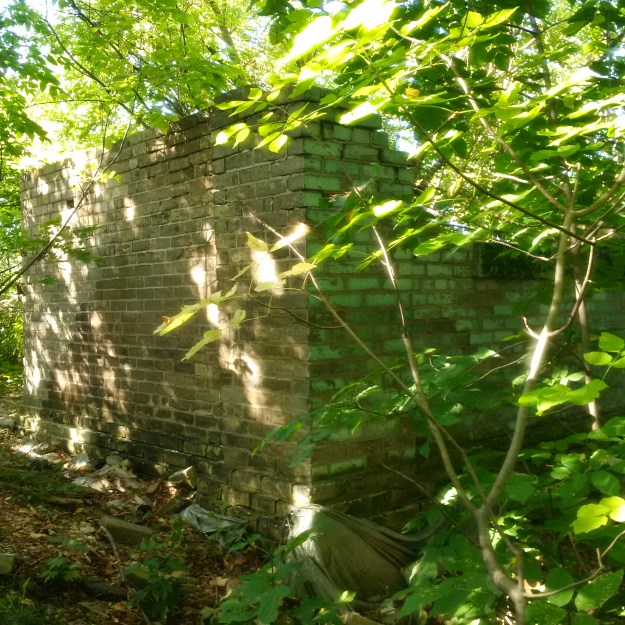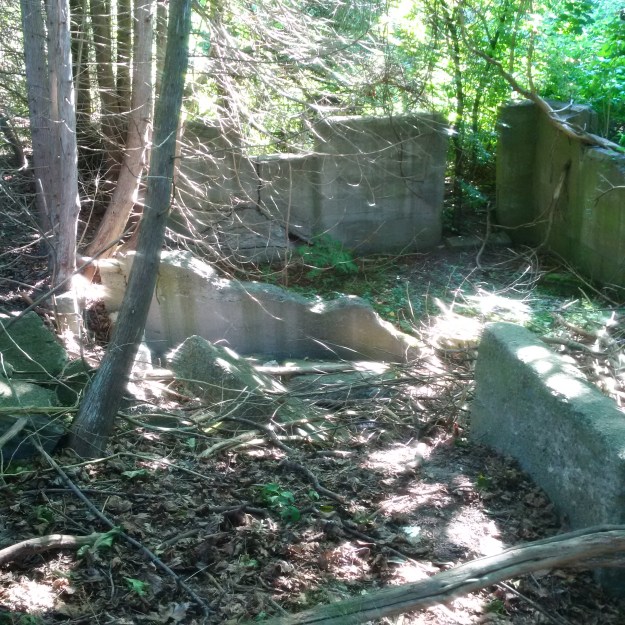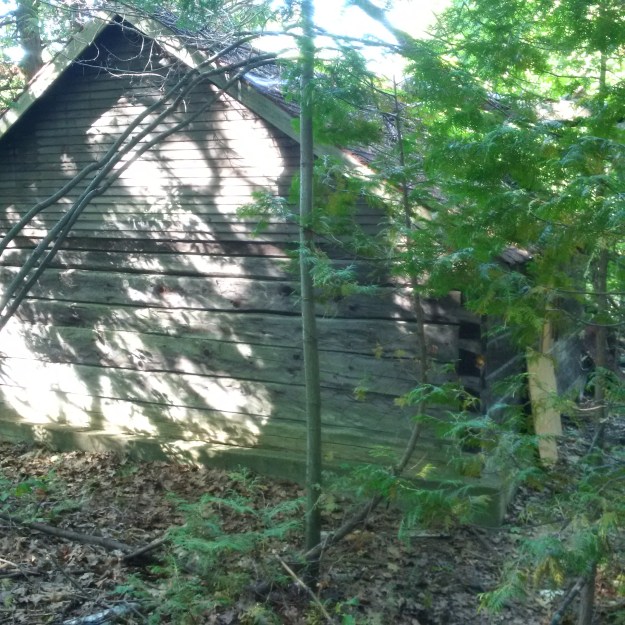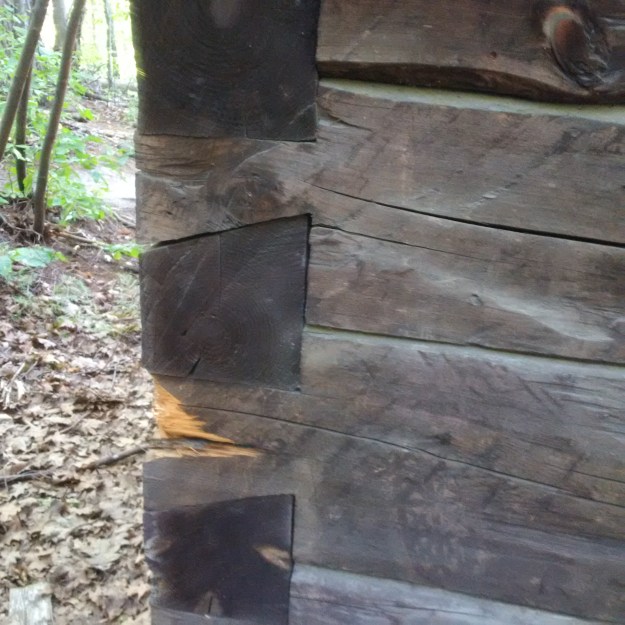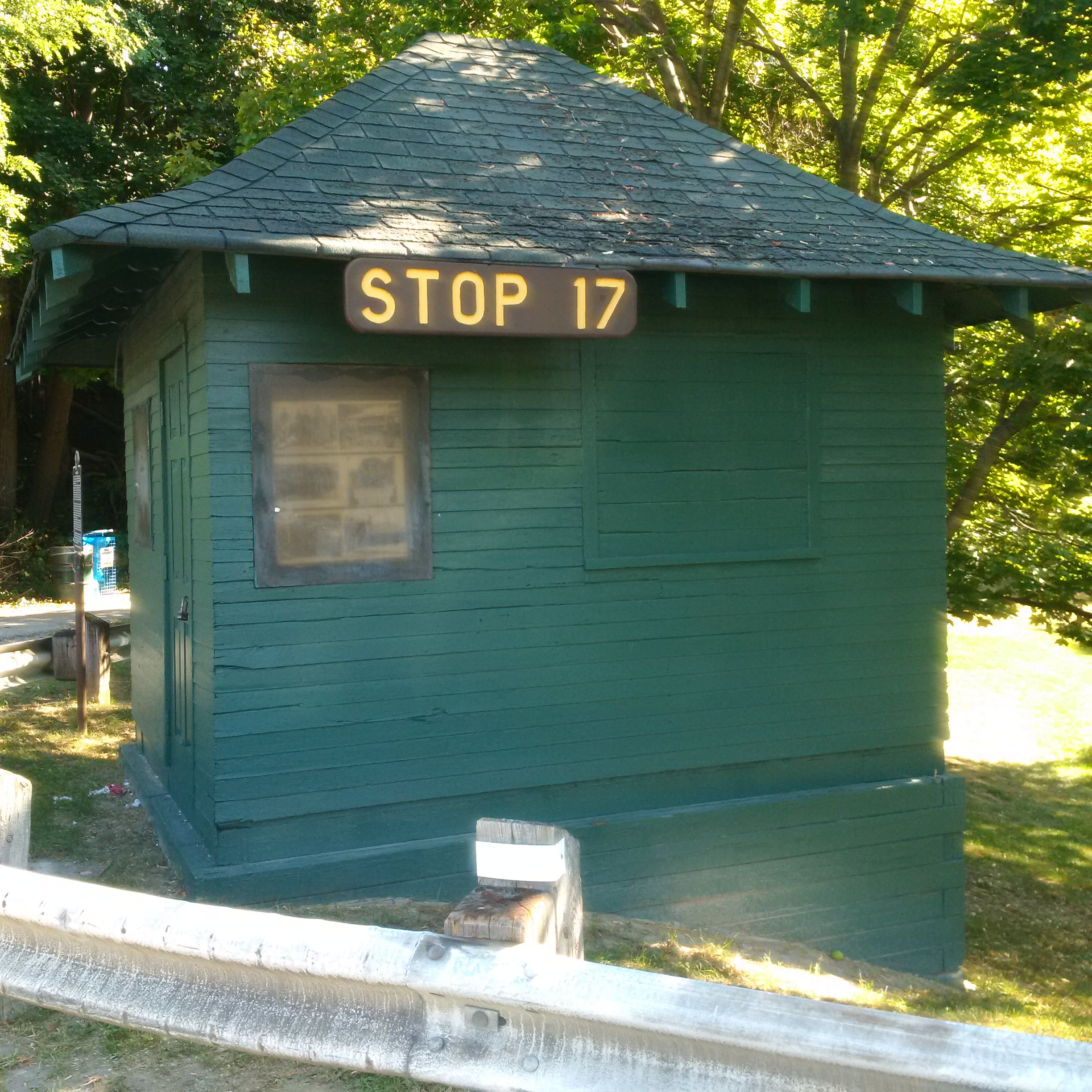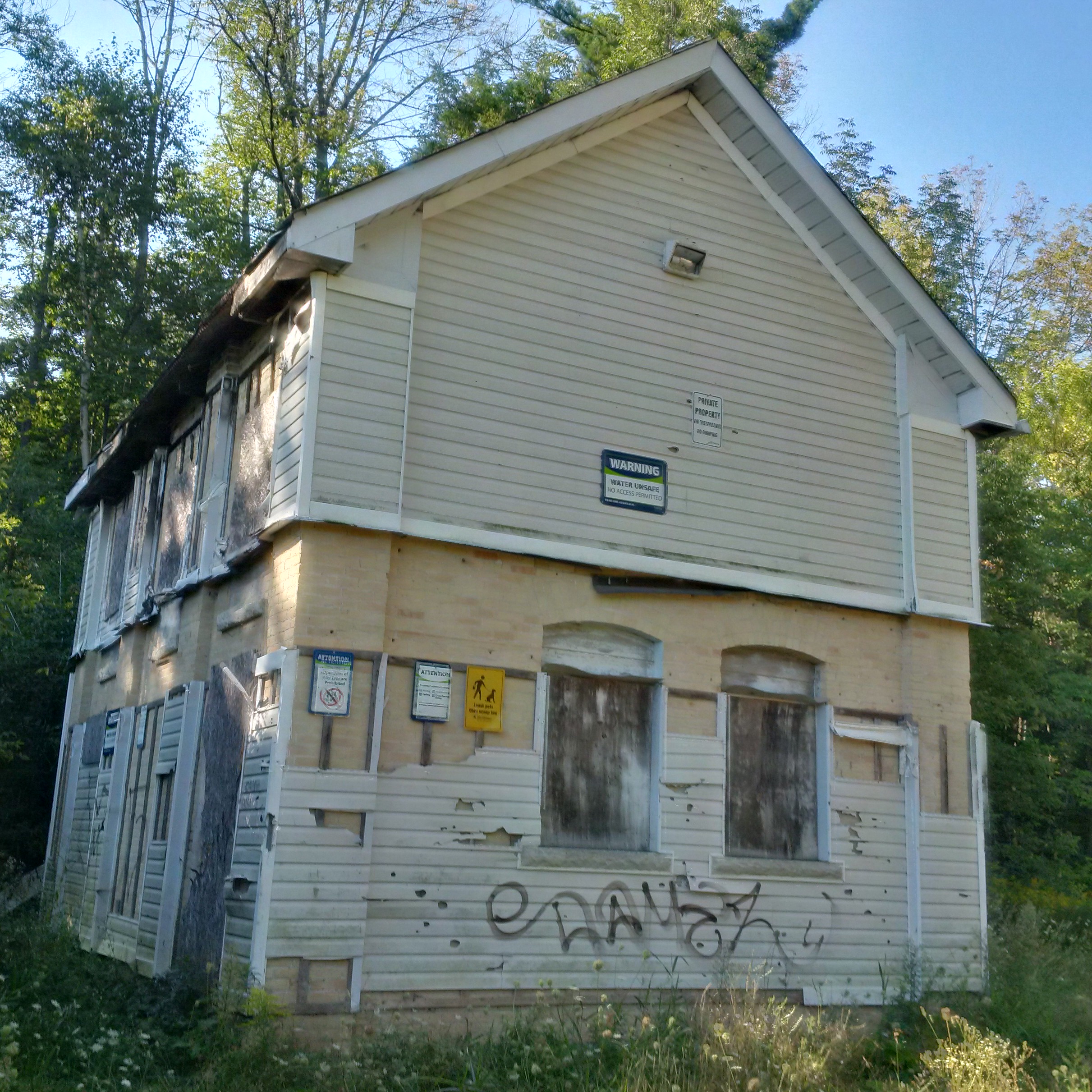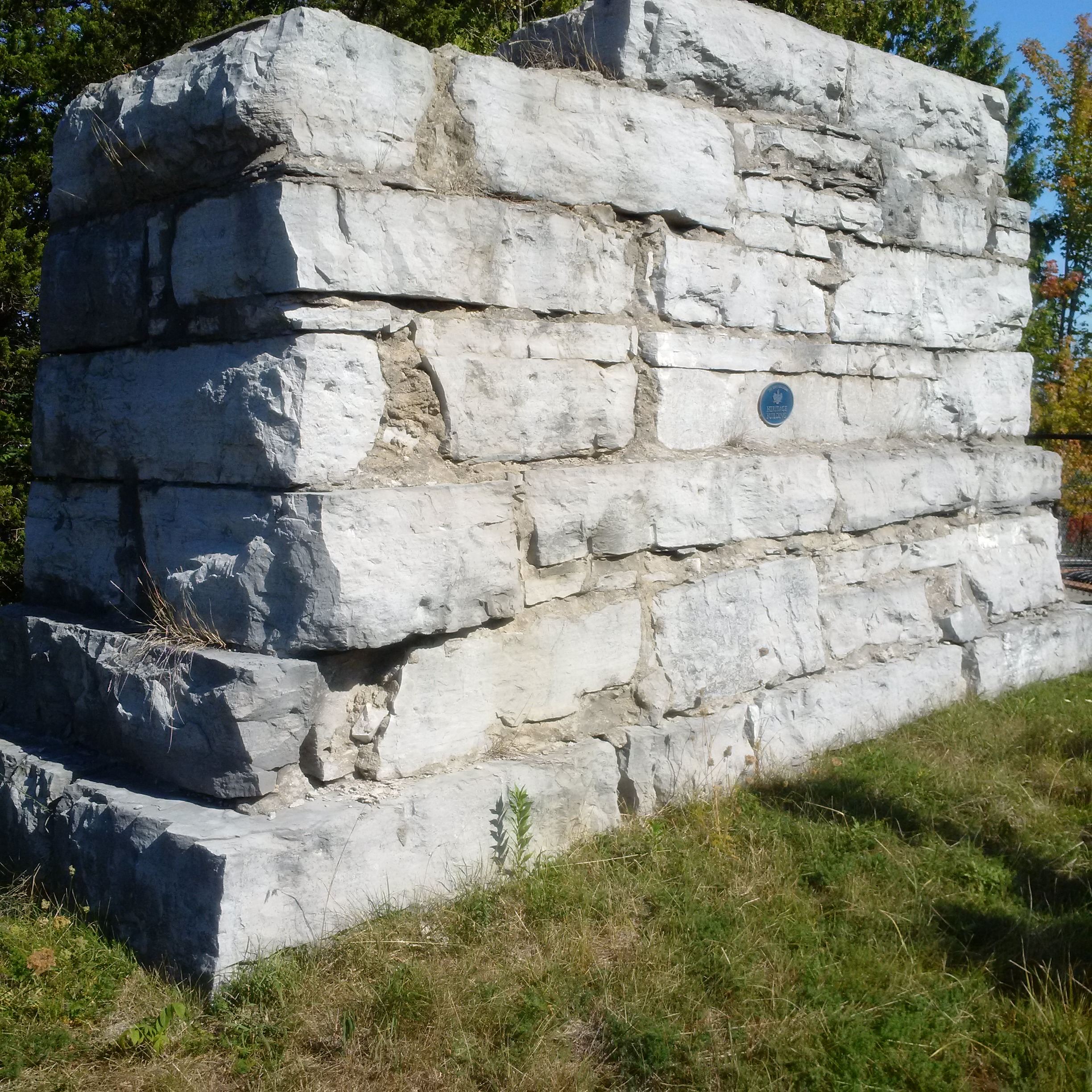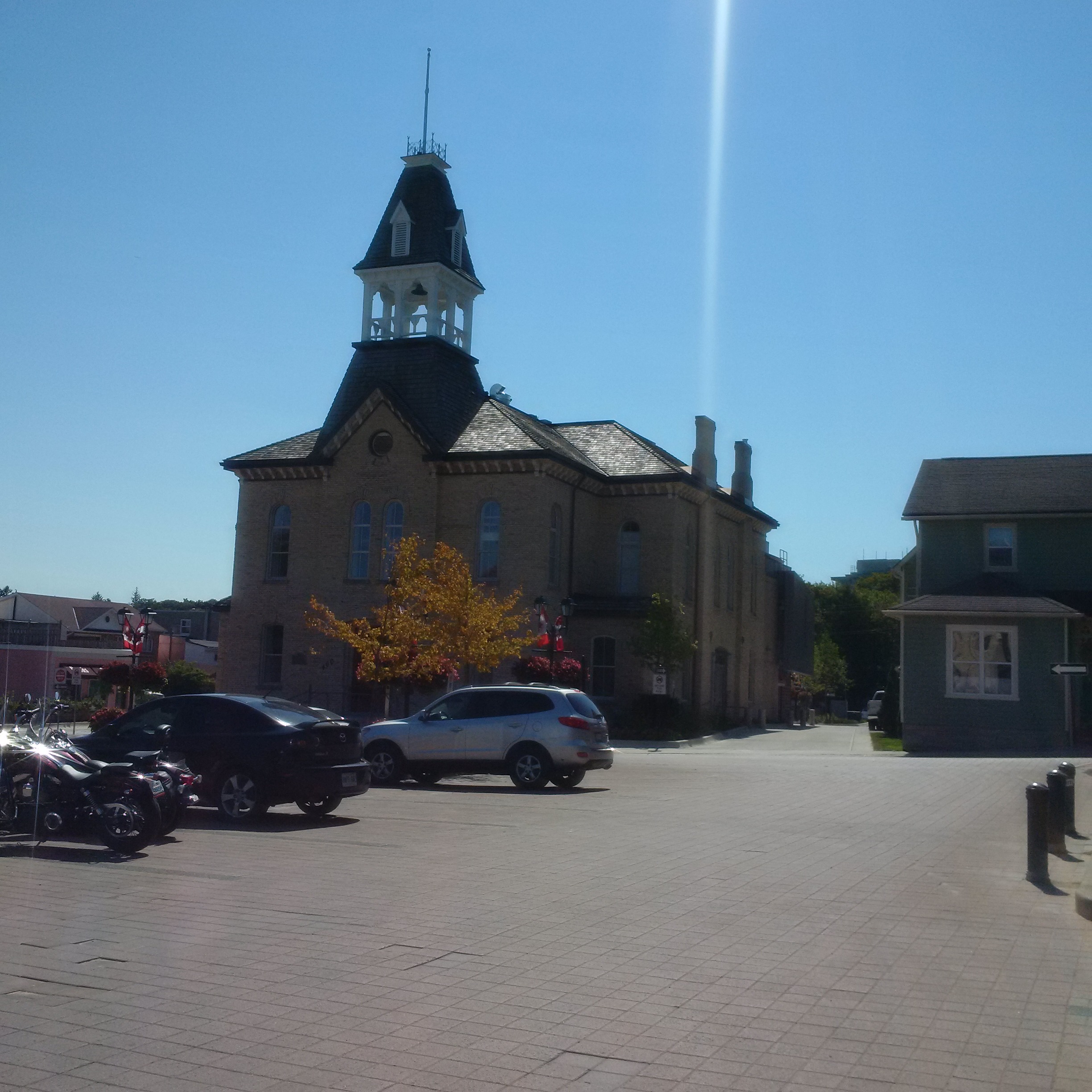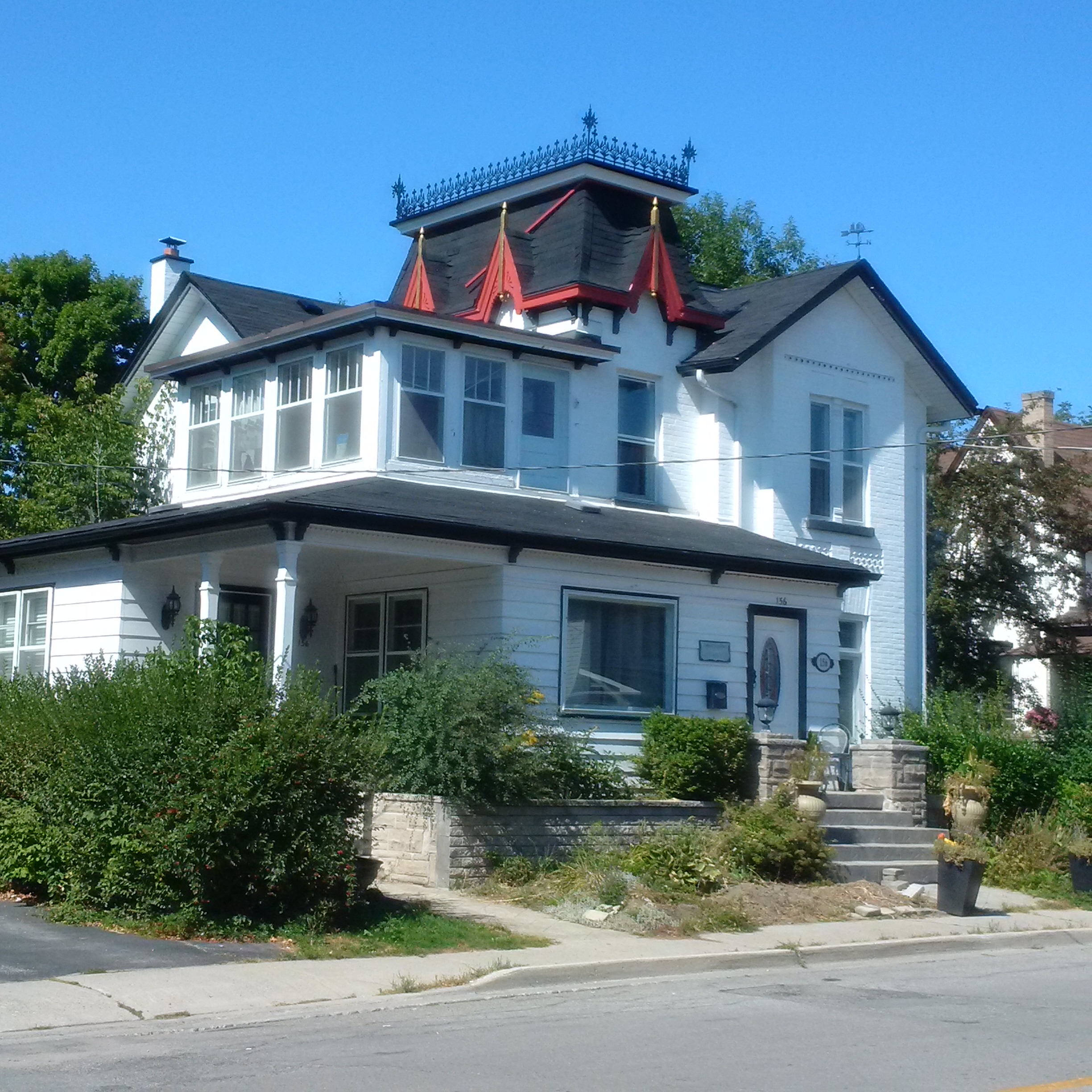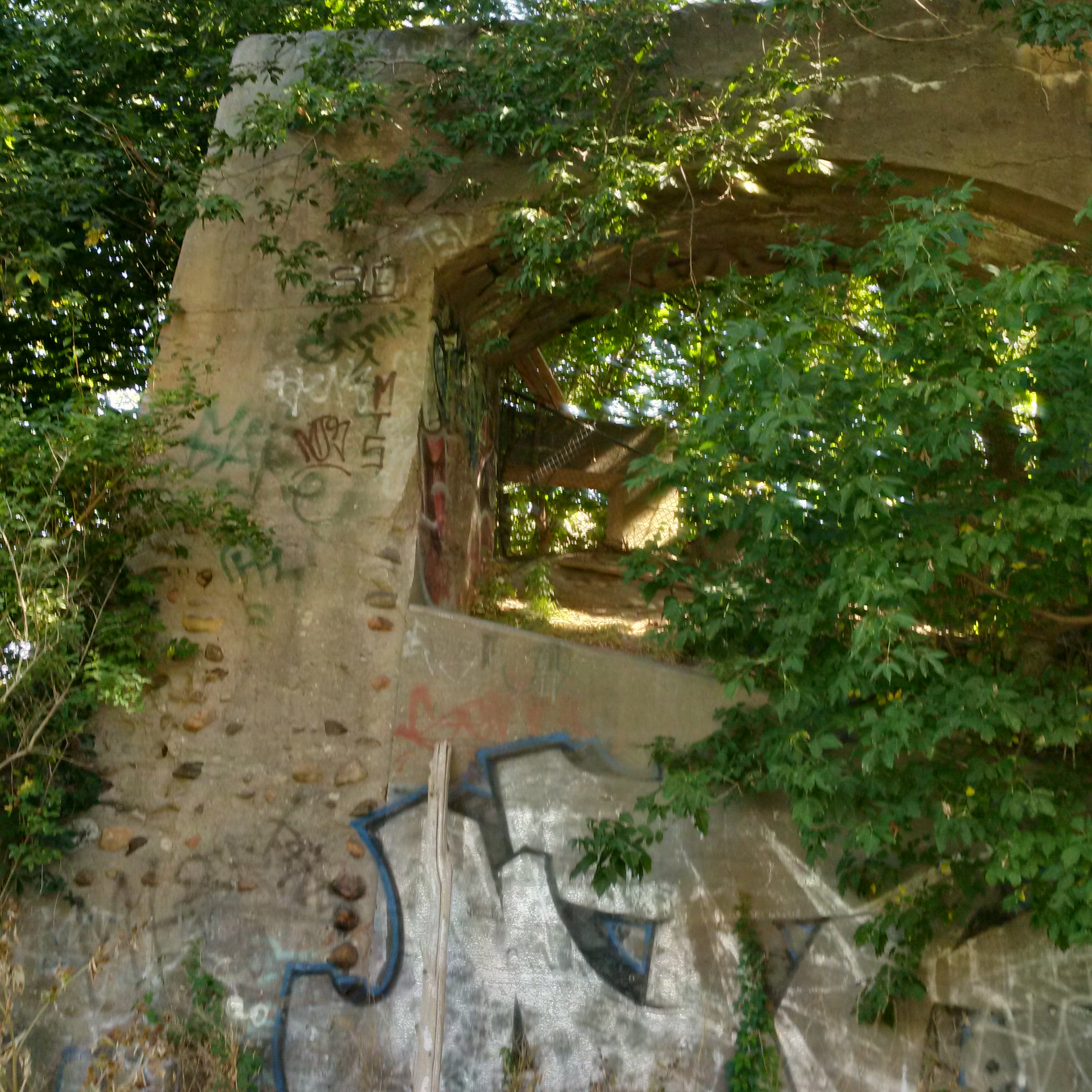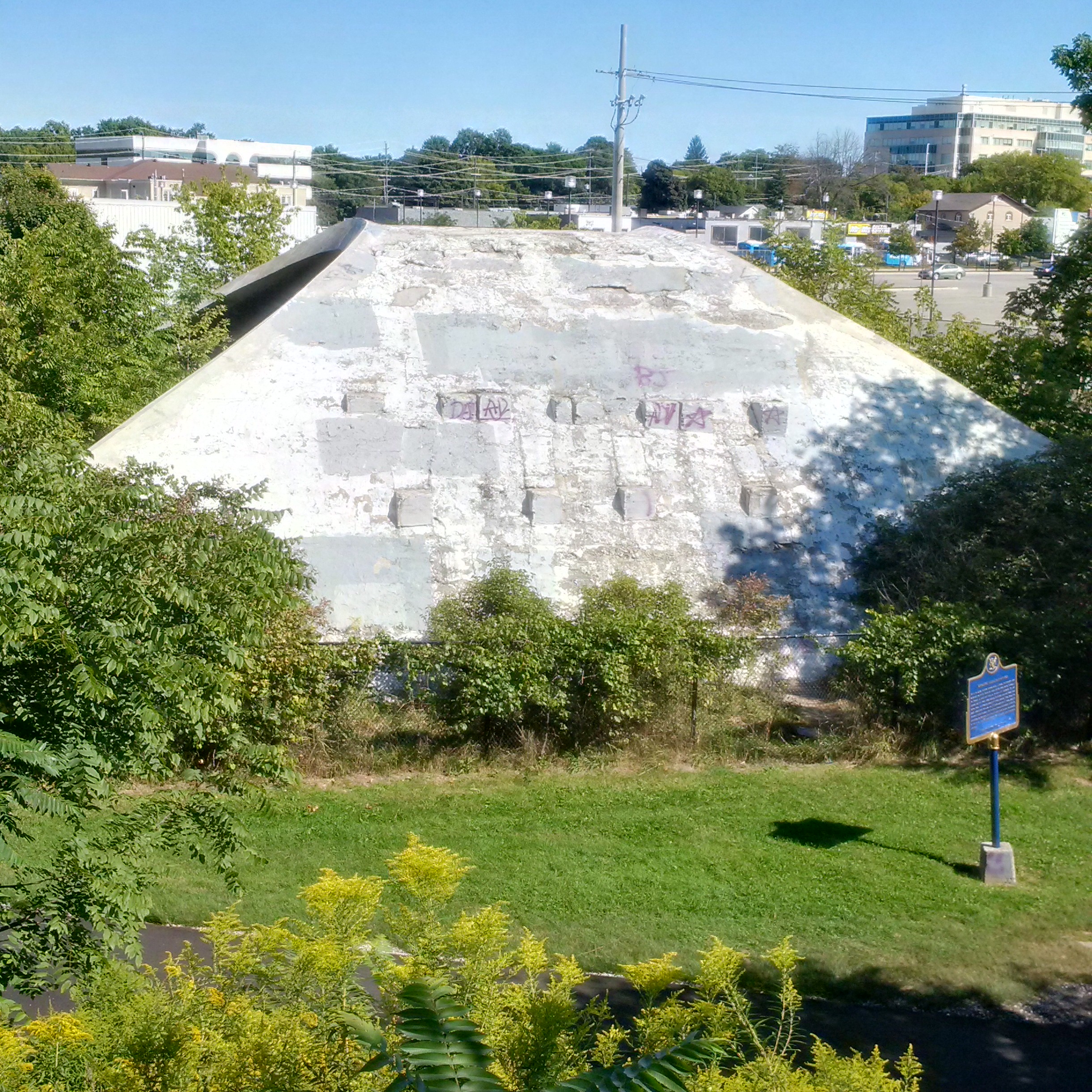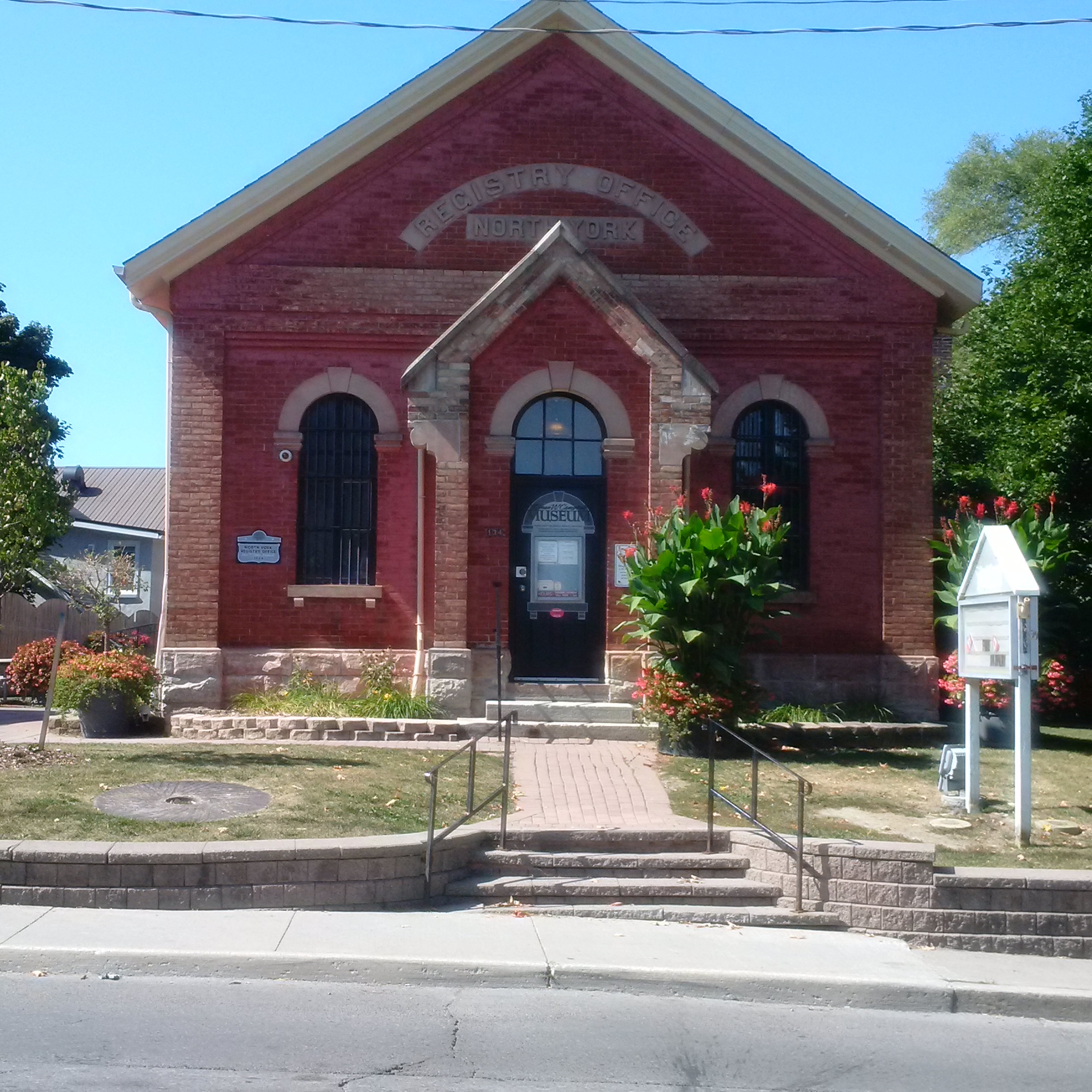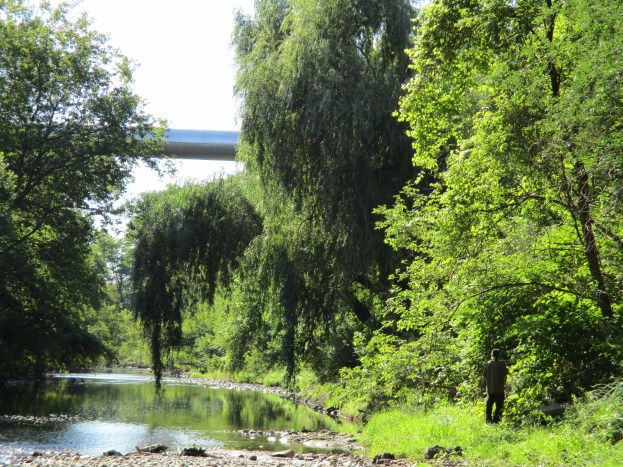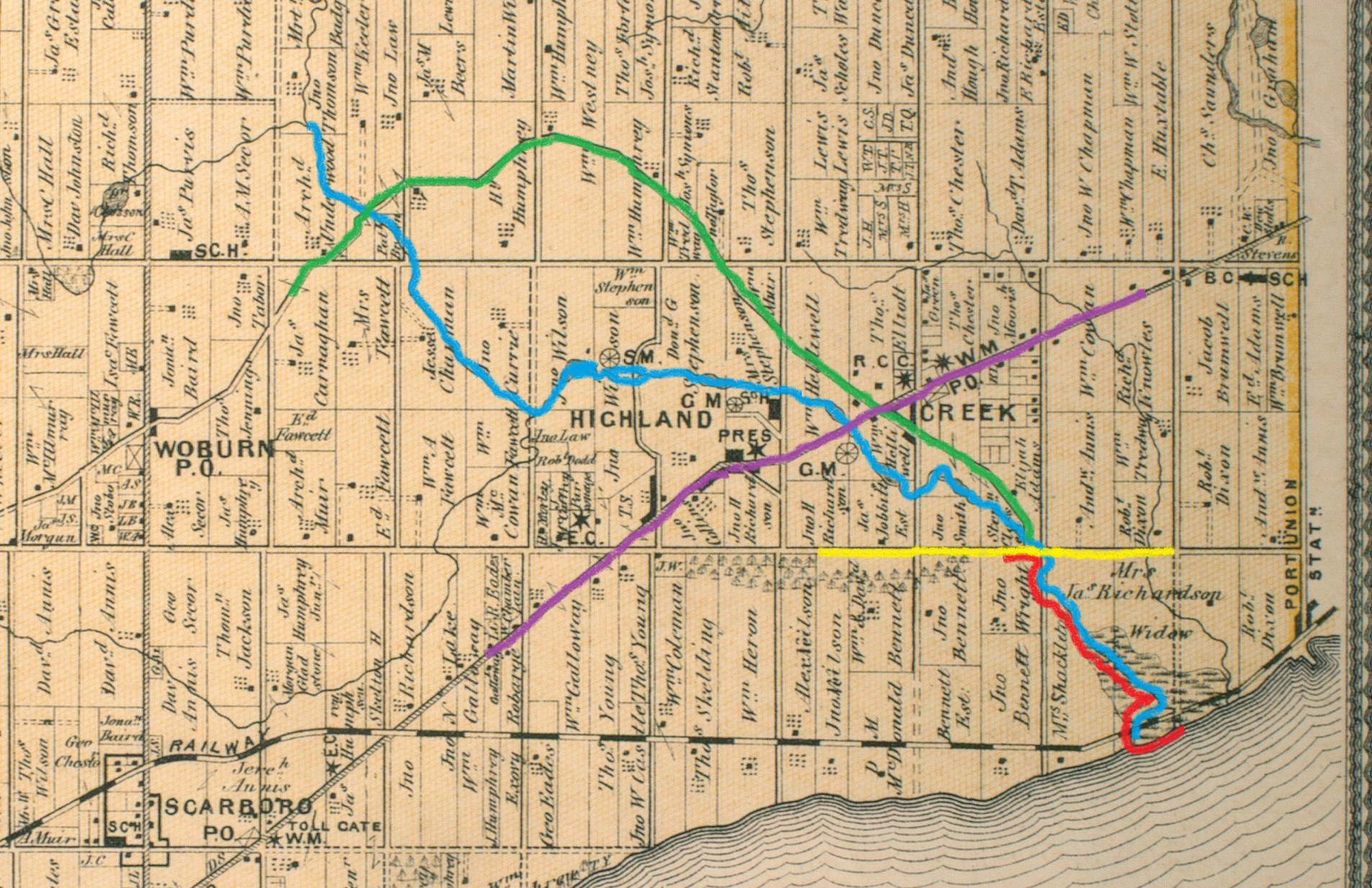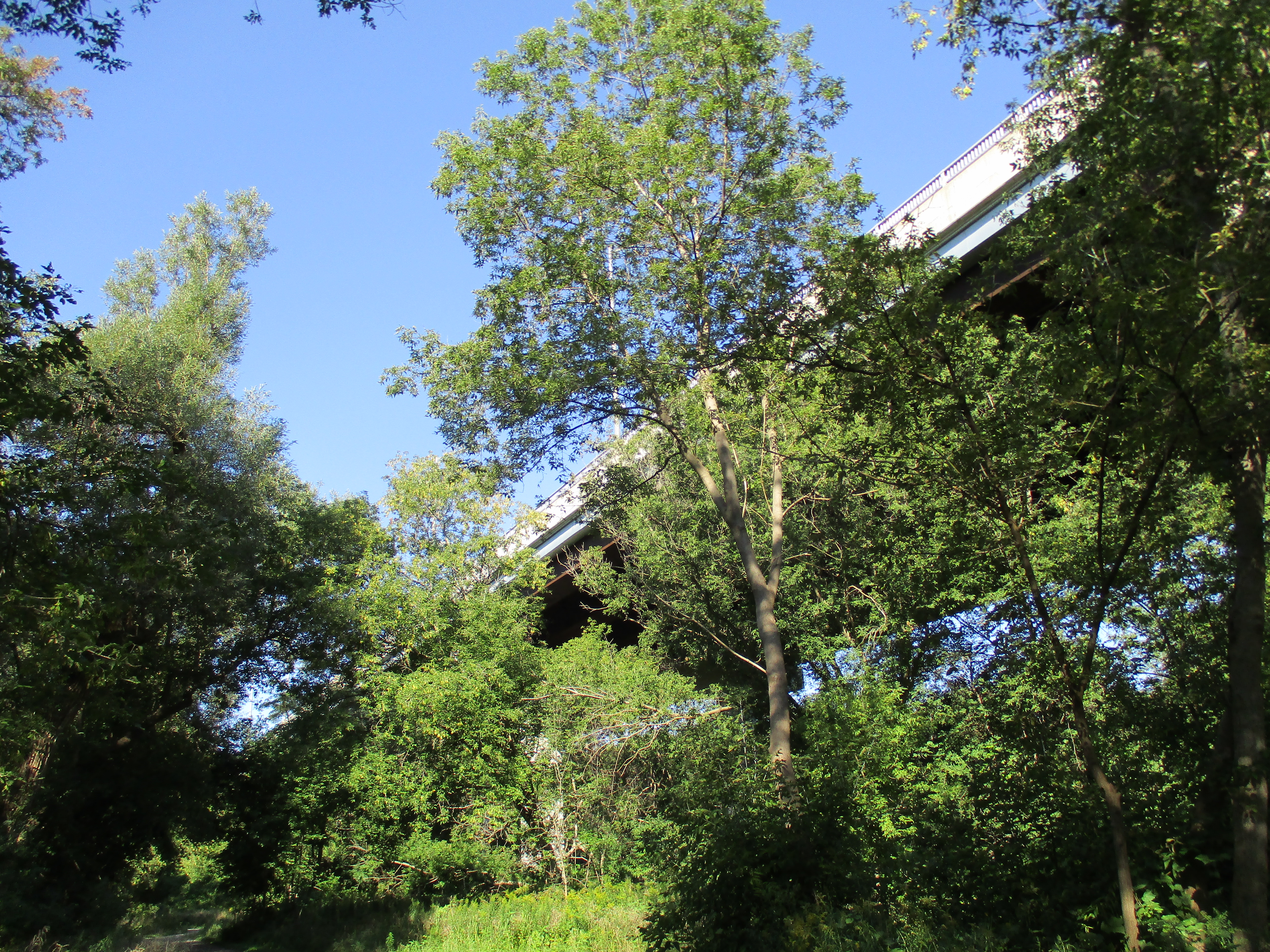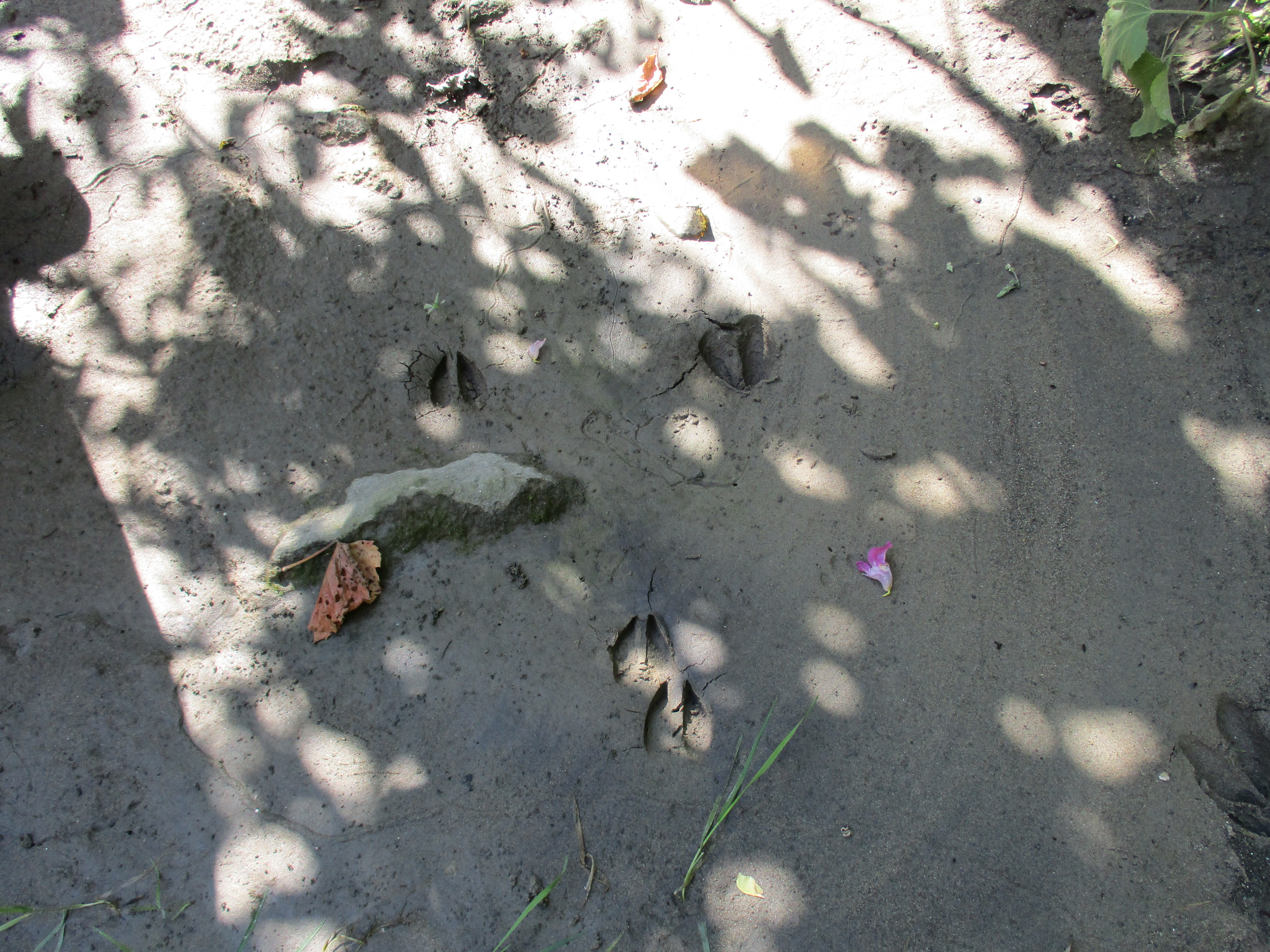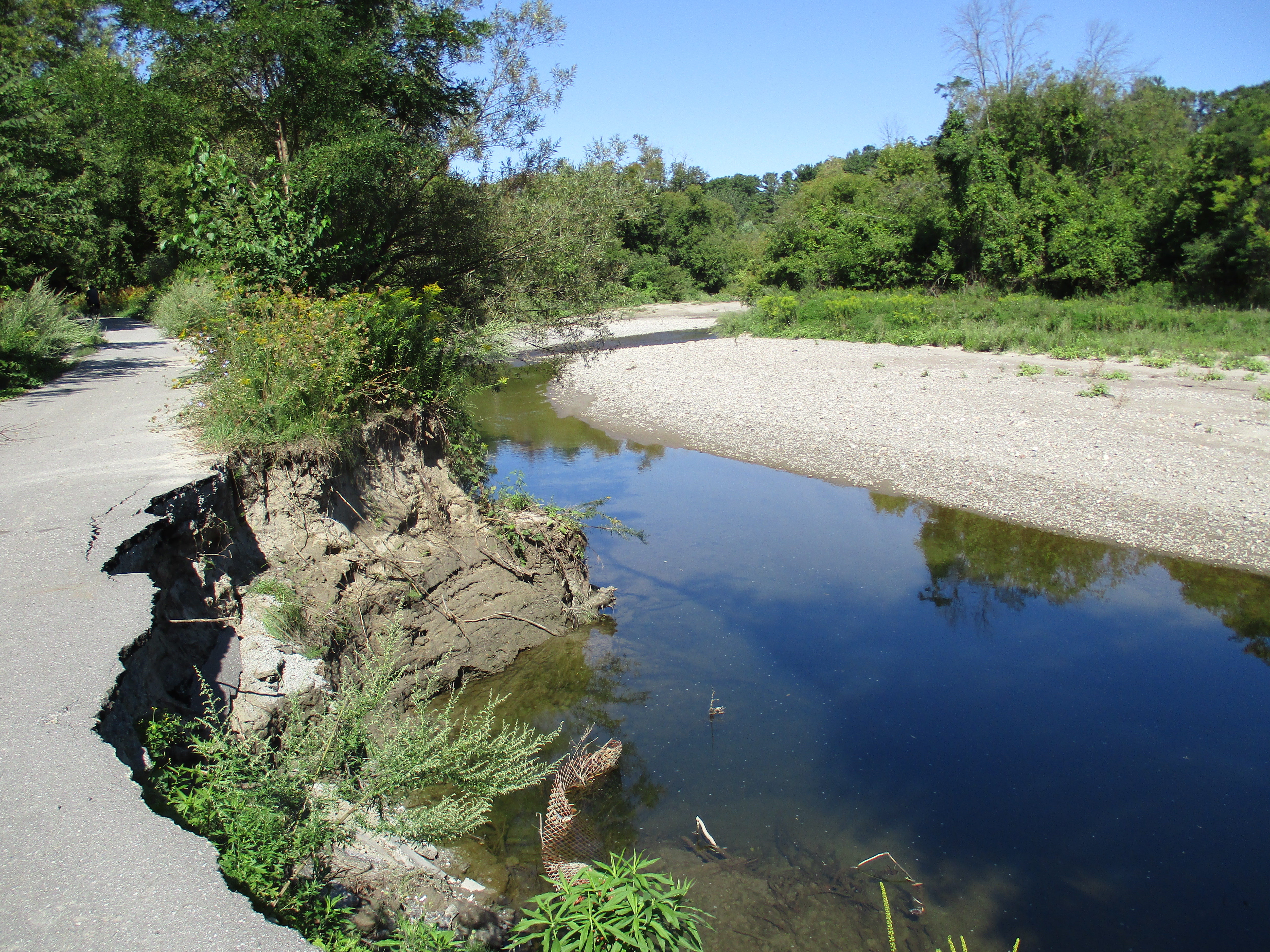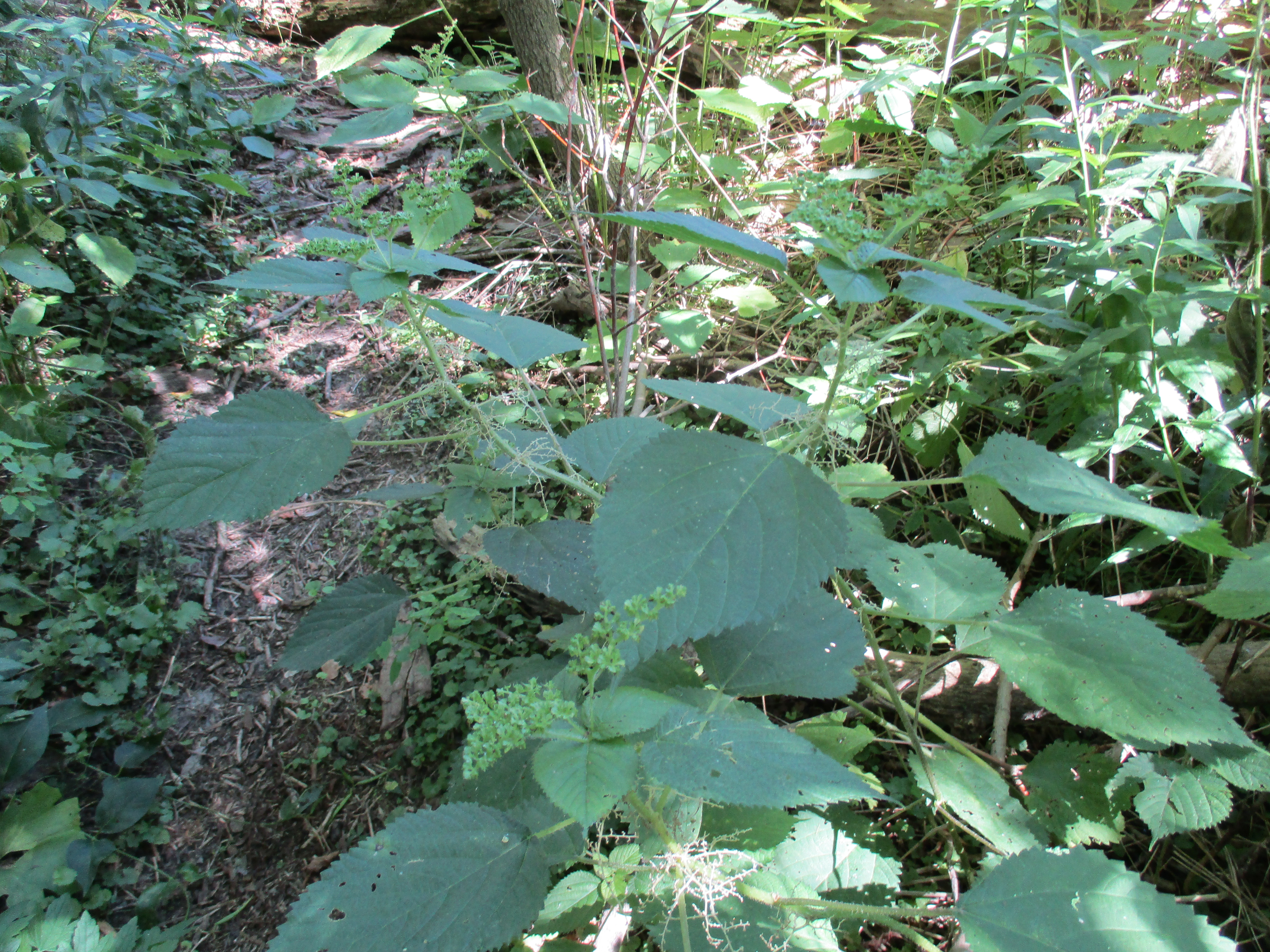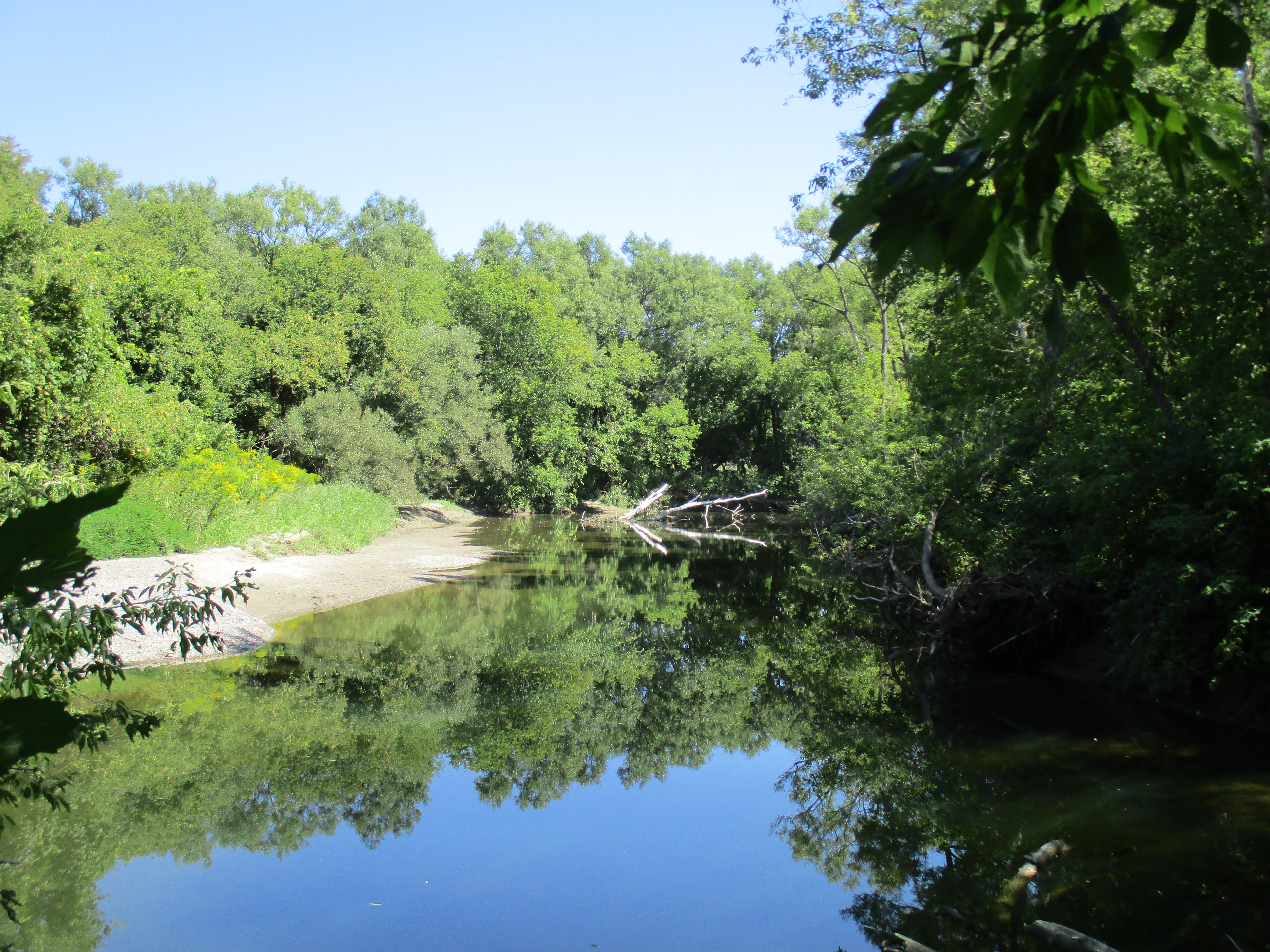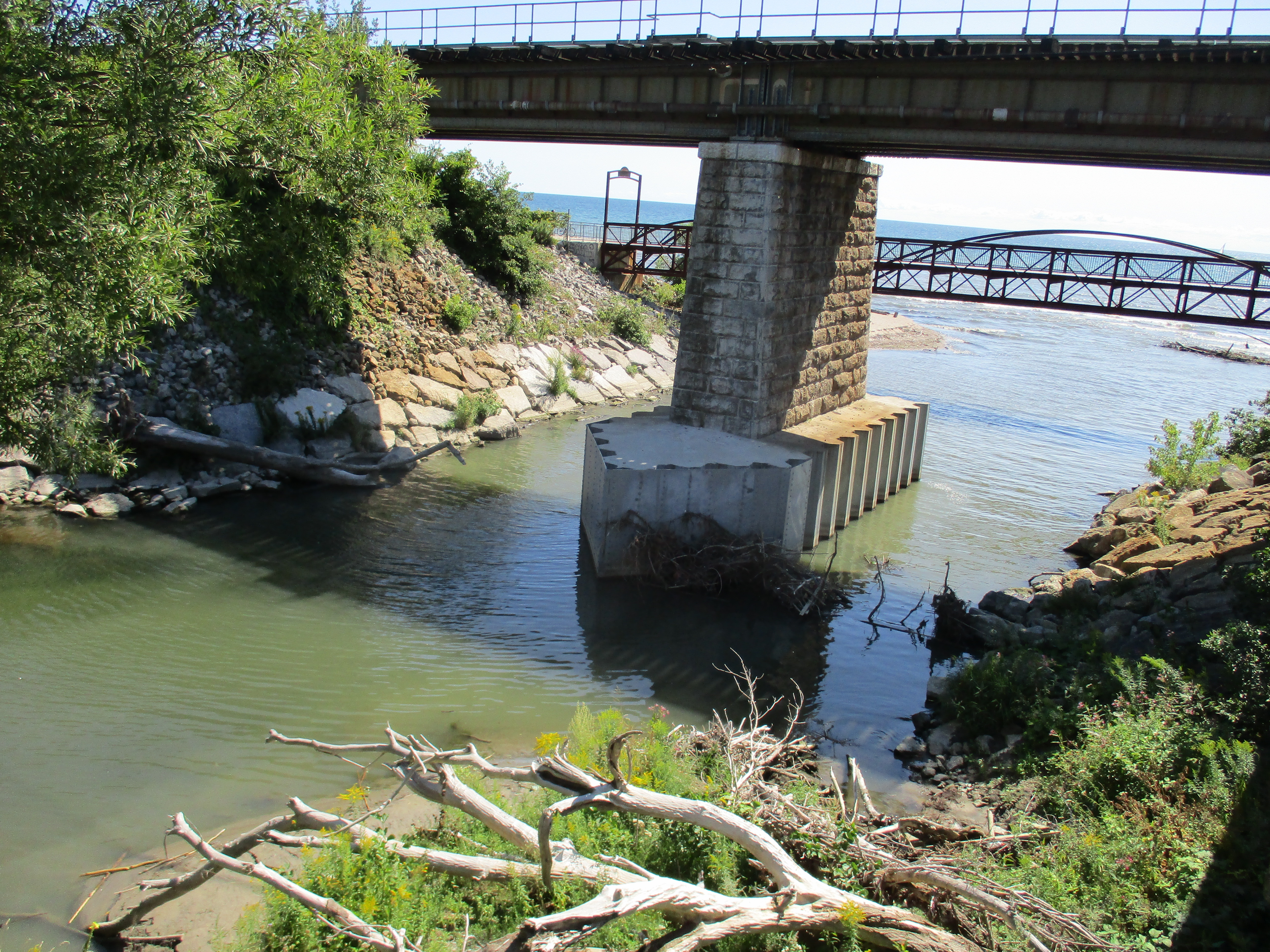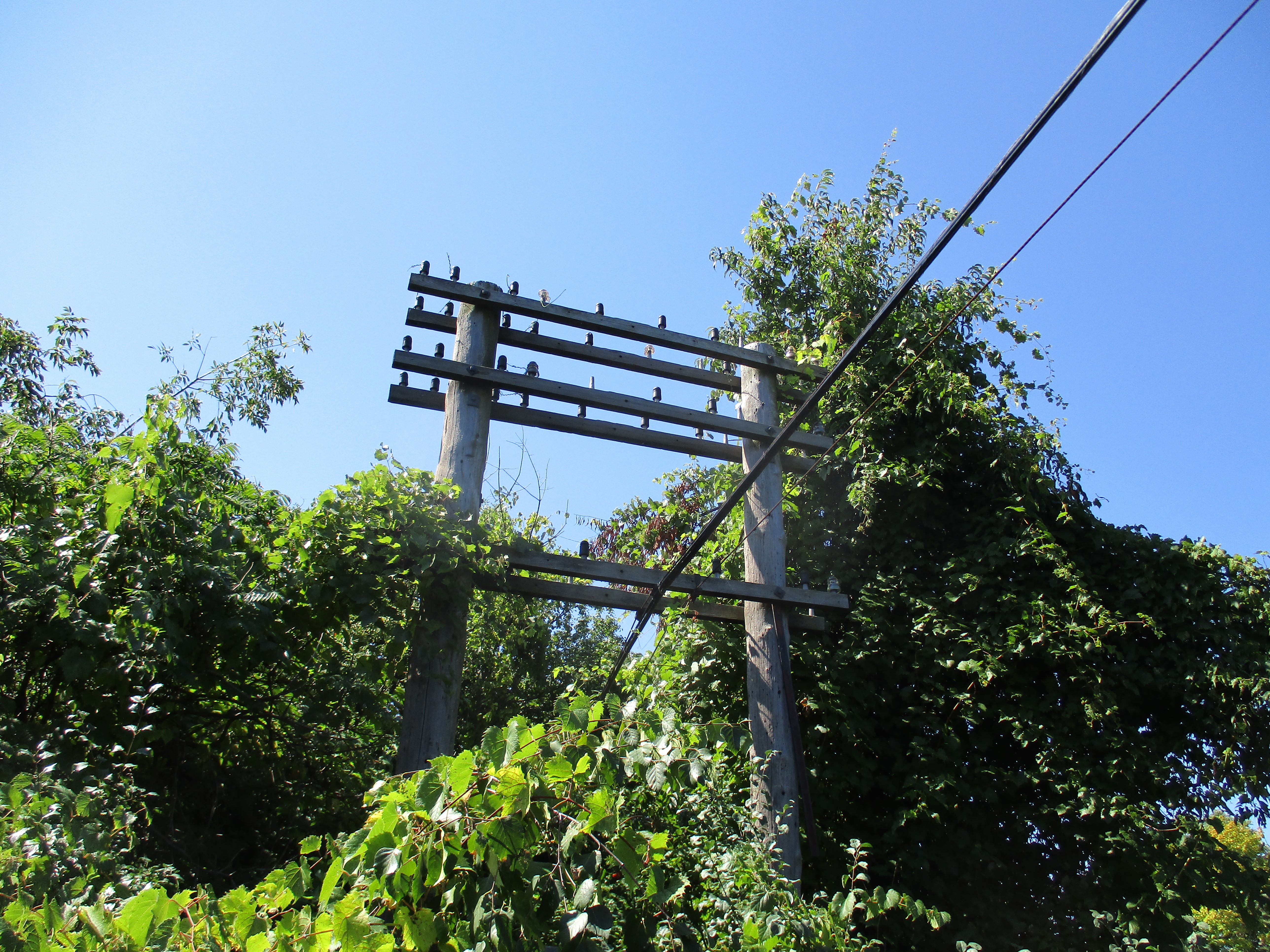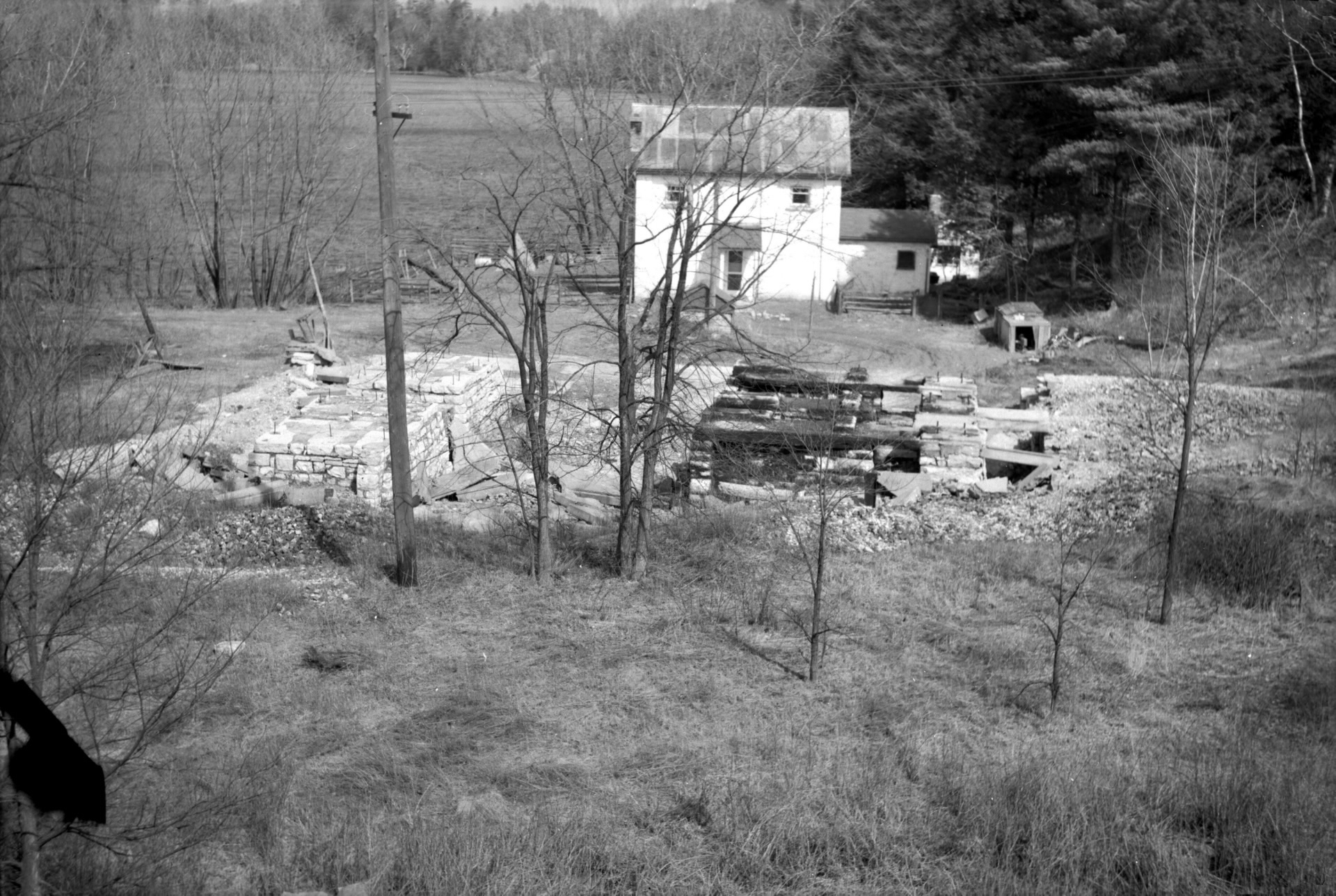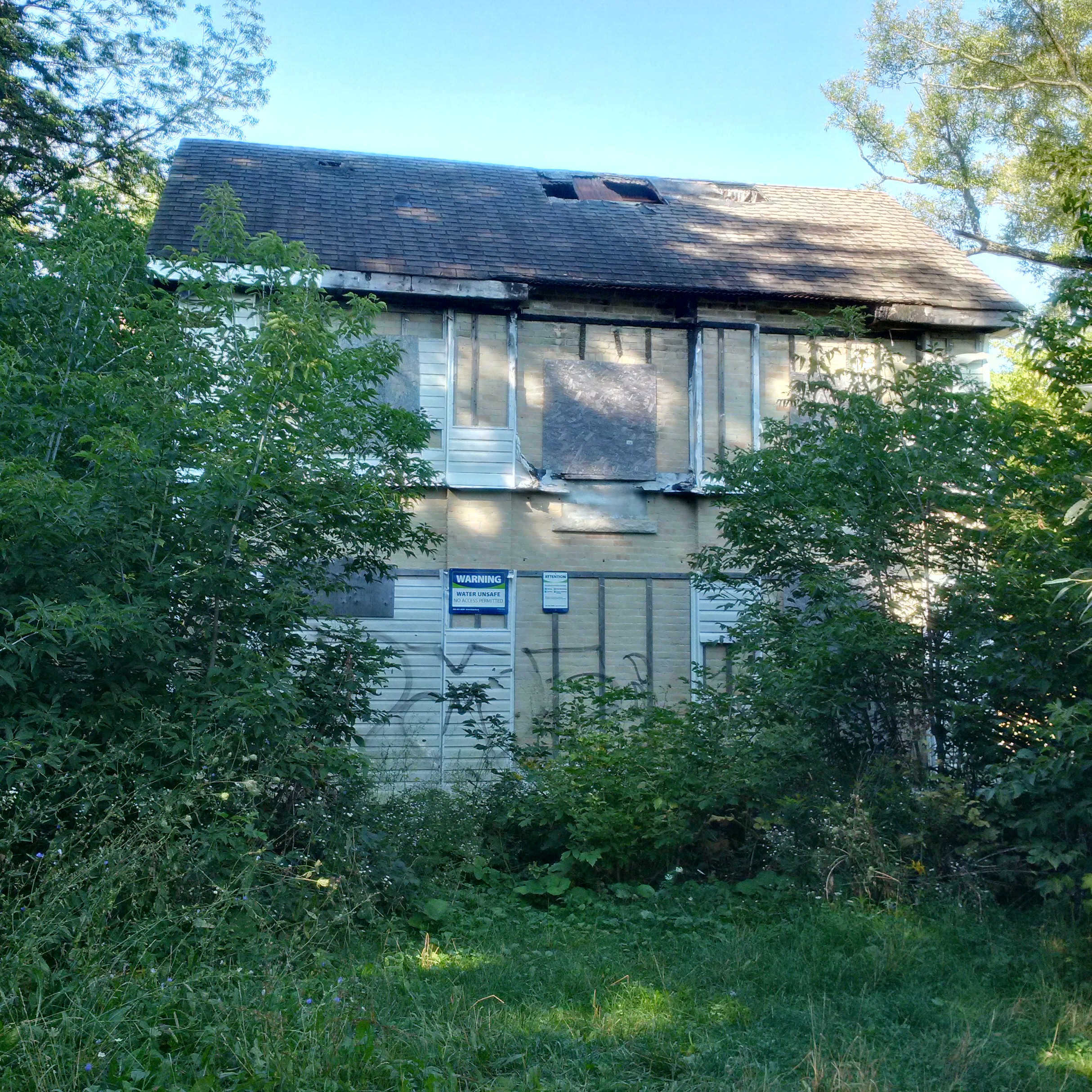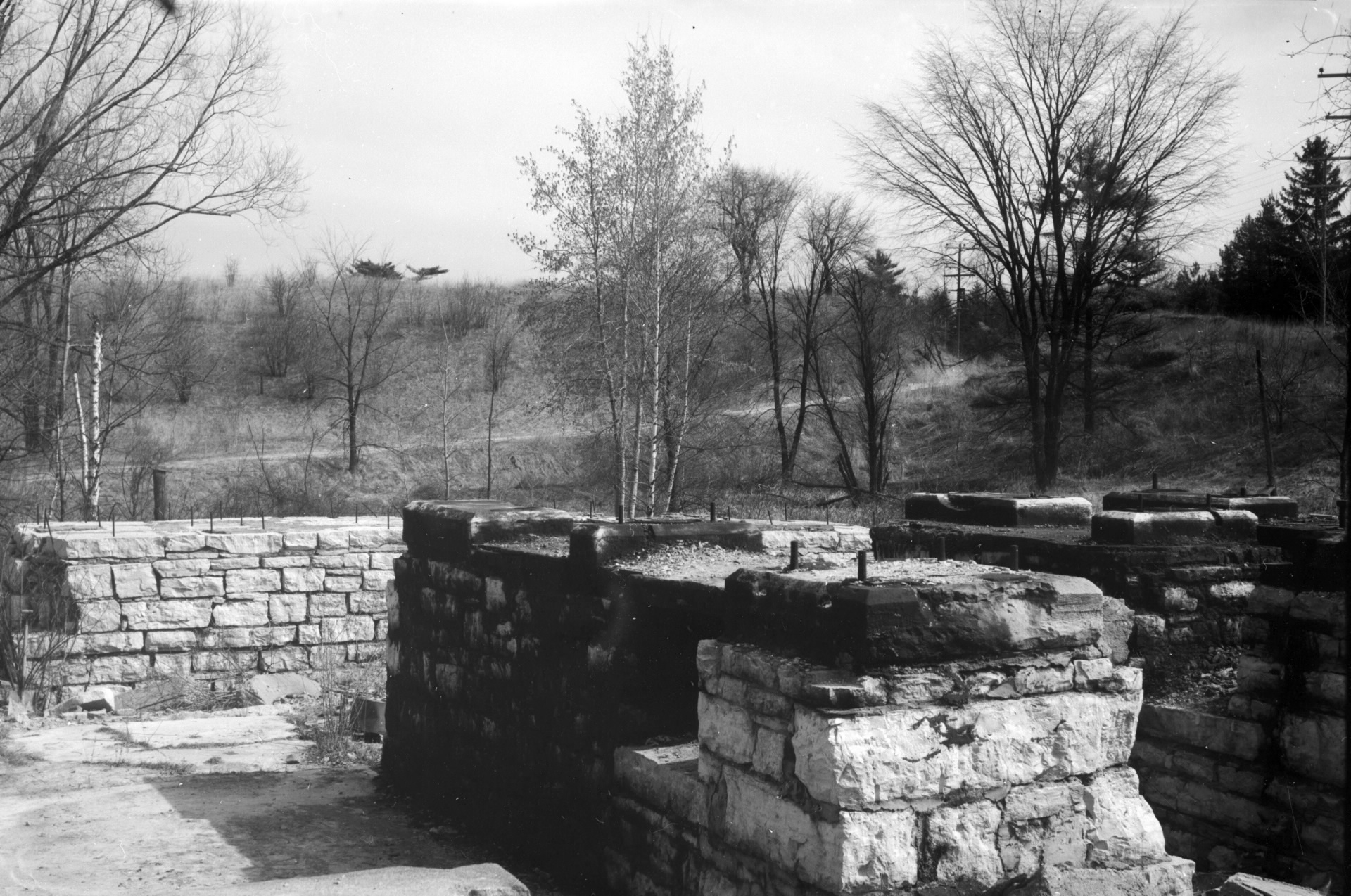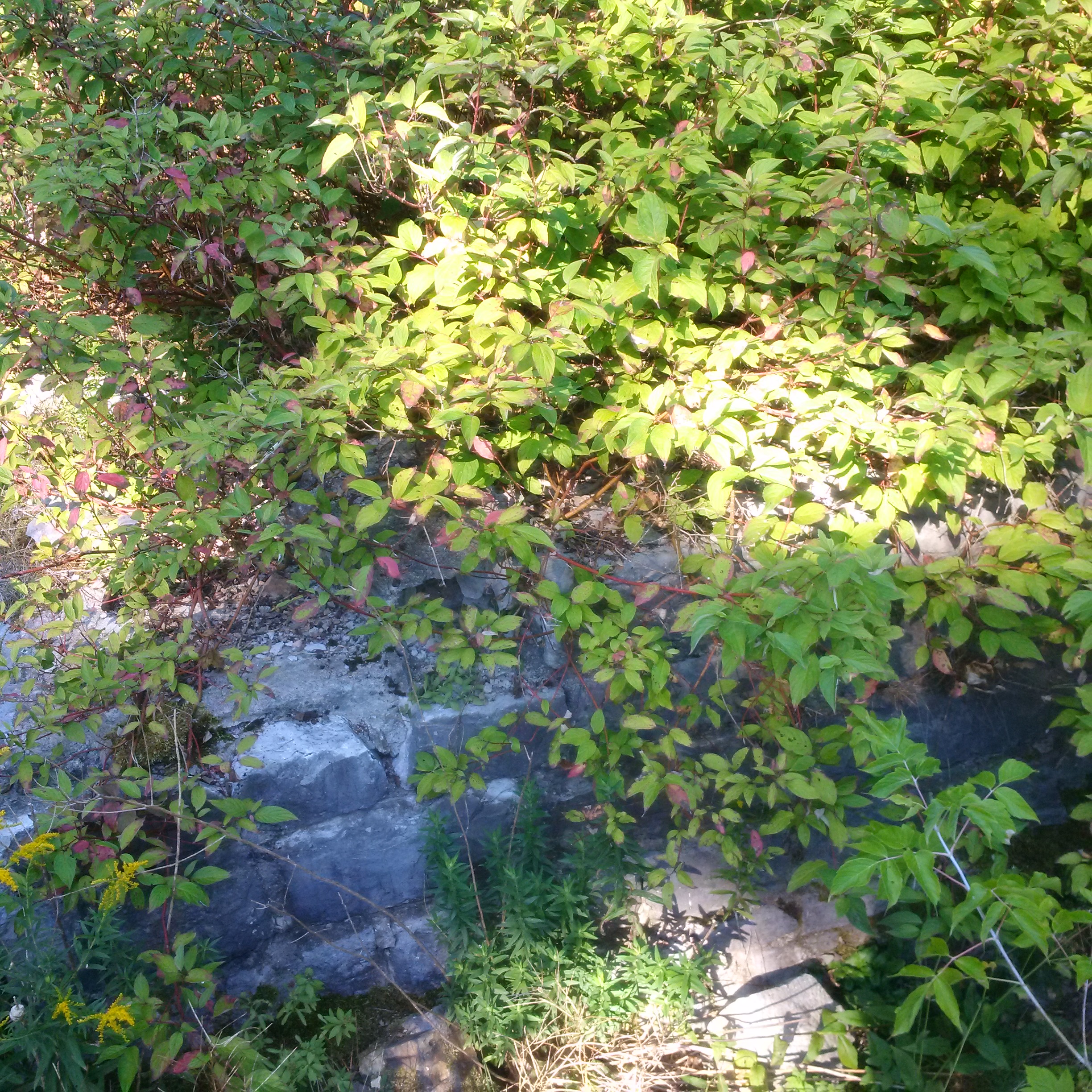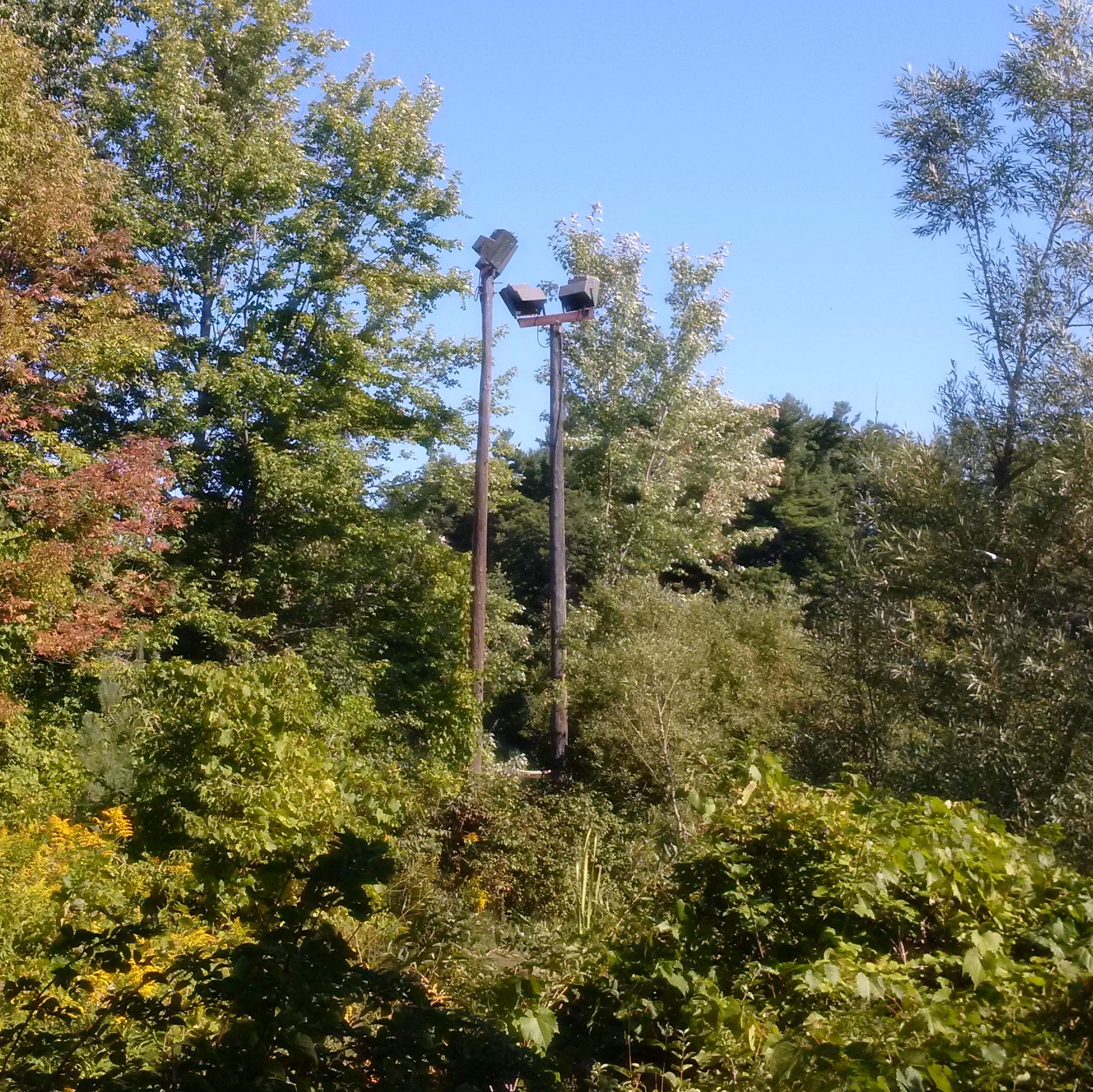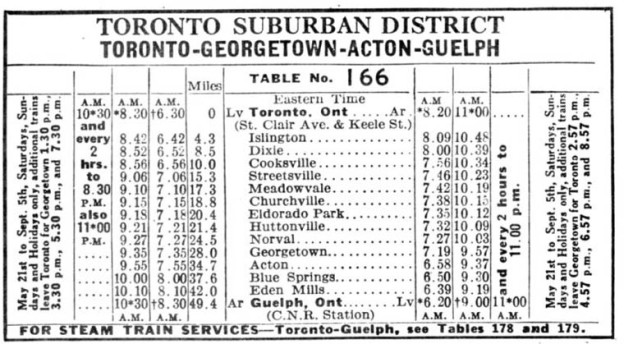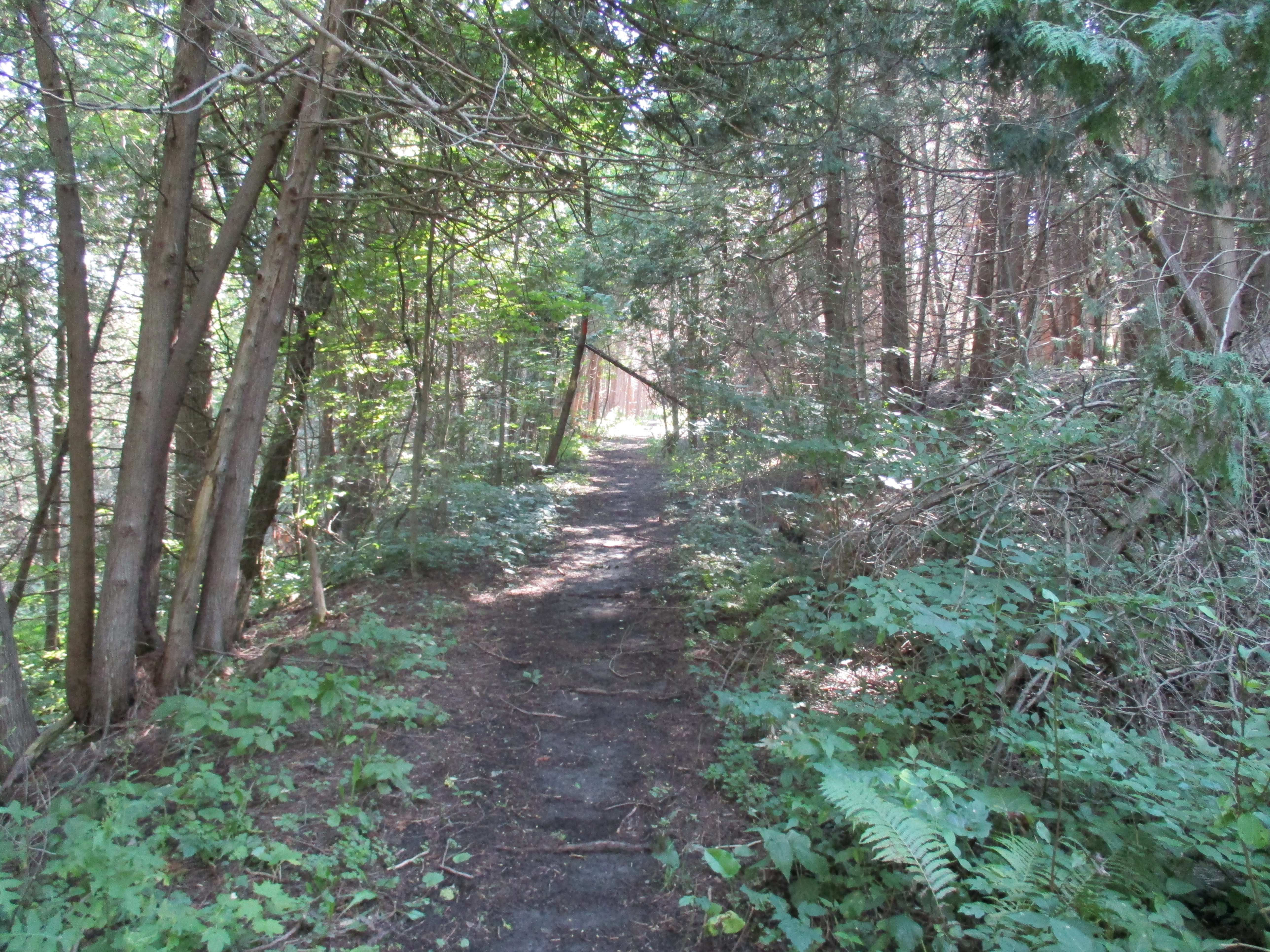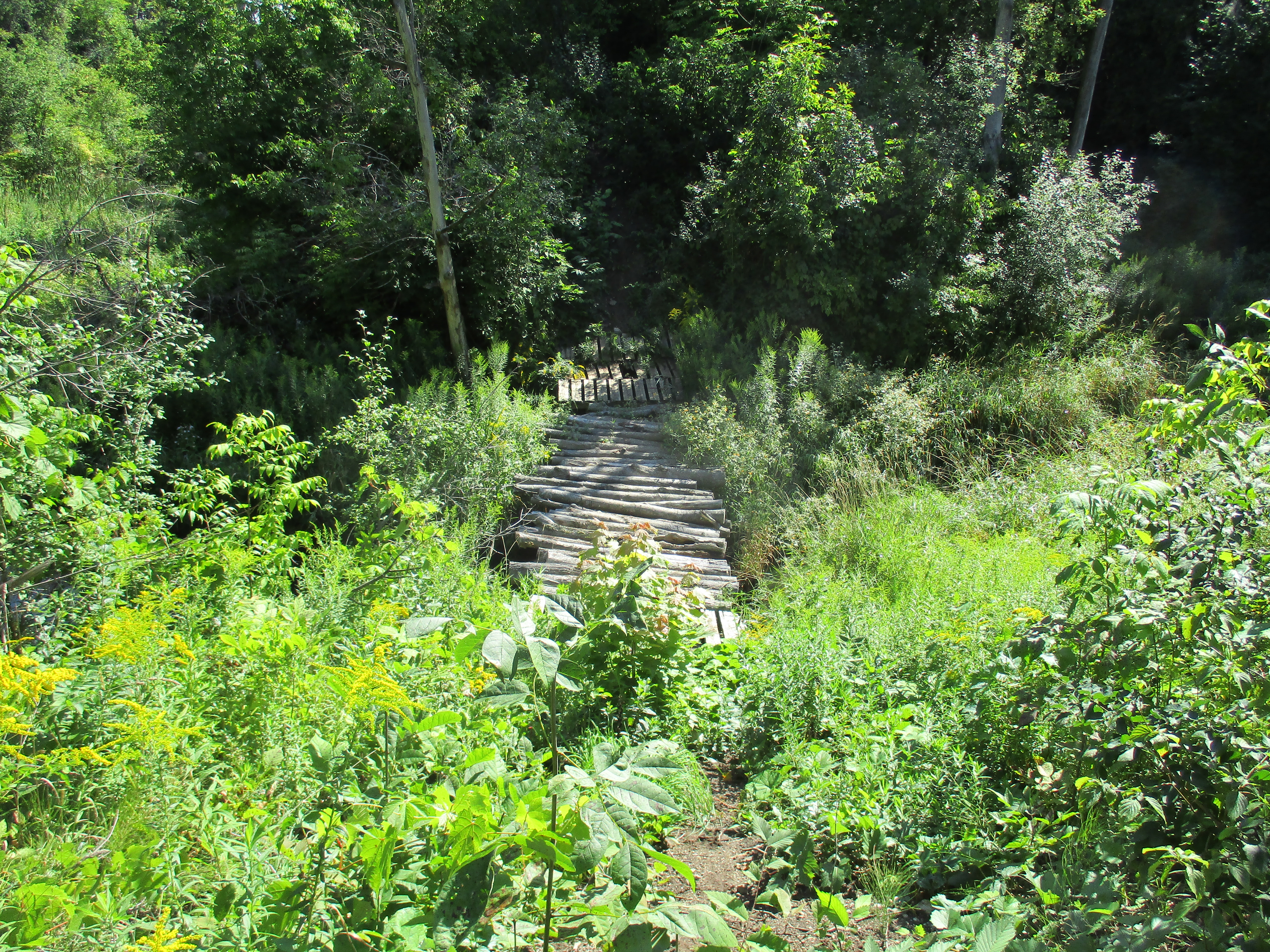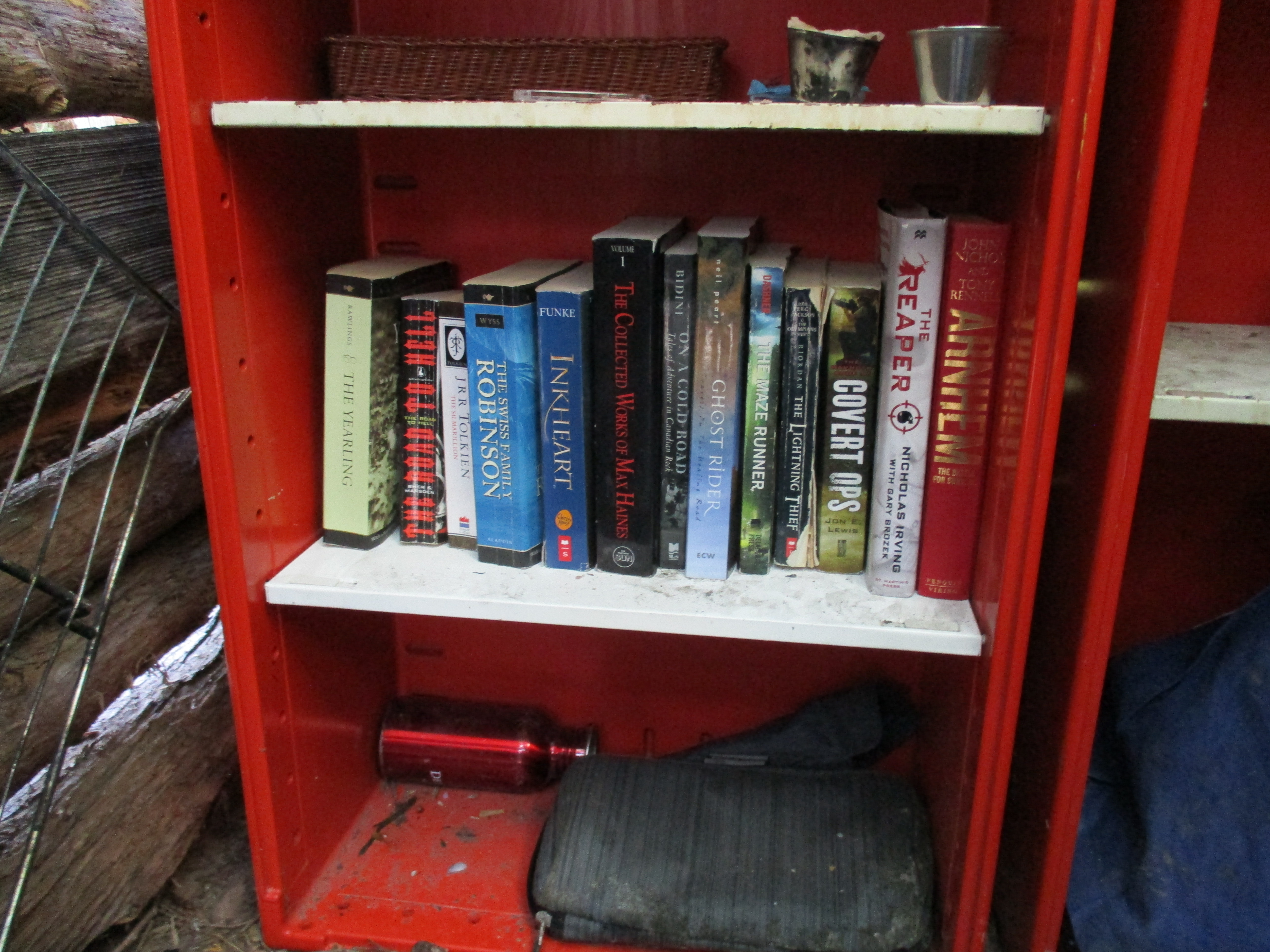Tuesday, September 27, 2016
Hiking the GTA made it’s initial post on April 20, 2014, as a way of organizing and commenting on my photos from that day’s hike. As the number of stories grew, so did the number of readers. When we reached 100 posts we paused to look back at the fifteen most popular stories in an article we called “Greatest Treks”. With its brief summary, picture, and link for each story it proved useful in helping people look for places to explore. Today, we mark our 200th post with Greatest Treks 2. Following the same format, here then, are the fifteen most popular stories from our second 100 posts.
15. Gore & Vaughan Plank Road Jan. 14, 2016
The Gore and Vaughan Plank Road Company was established in 1855 to build a plank road along Dufferin Street. The planks for the Gore and Vaughan Plank road were sixteen inches wide by 8 inches thick and sixteen feet long. Planks were held together with four foot long spikes that were driven in, two feet apart, in opposing directions, one of which is shown in relation to my shoe in the picture below.

14. Rice Lake’s Sunken Railway Jul. 26, 2016
The first train from Cobourg to Peterborough ran the 45.8-kilometer track for free on December 29, 1854, to show off the new railway. The route crossed Rice Lake and when completed at the end of 1854 the trestle was nearly 5 kilometers long making it the longest railway bridge in North America at the time. By 1861 the trestle was abandoned but the part below the waterline still remains in Rice Lake.
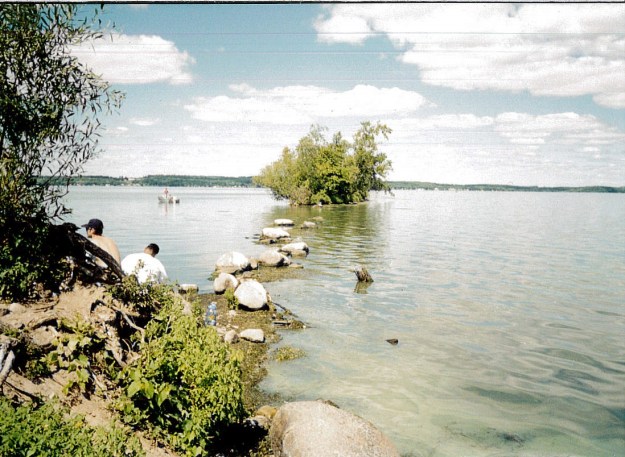
13. Cache Lake Trestle Ju. 17, 2016
In the spring of 1896 work began on driving pilings into Cache Lake for the trestles that would cross two bays. The first freight train from Parry Sound to Ottawa ran on October 9, 1896. This trestle was abandoned in 1933
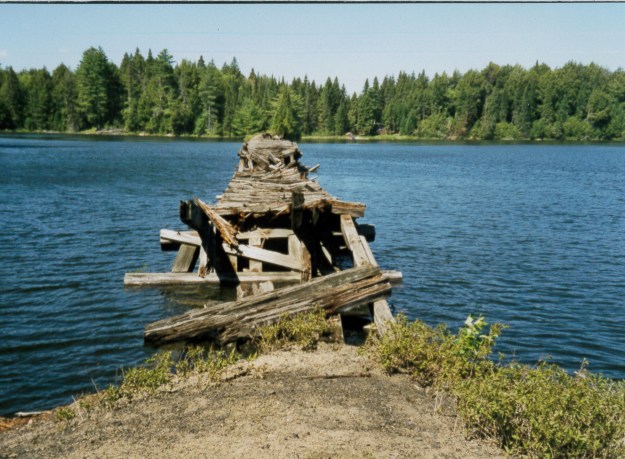
12. Gates Gully Scarborough May 7, 2016
Gates Gully runs from Kingston Road to Lake Ontario and provides one of the few places where there is access down the side of the Scarborough Bluffs. Over the years it has been home to natives, smugglers, soldiers, and rebels. The Bellamy Ravine Creek flows through the bottom of the ravine where it makes a 90-meter drop from the tablelands to the lake. It also features one of the few houses that is currently falling over the bluffs.
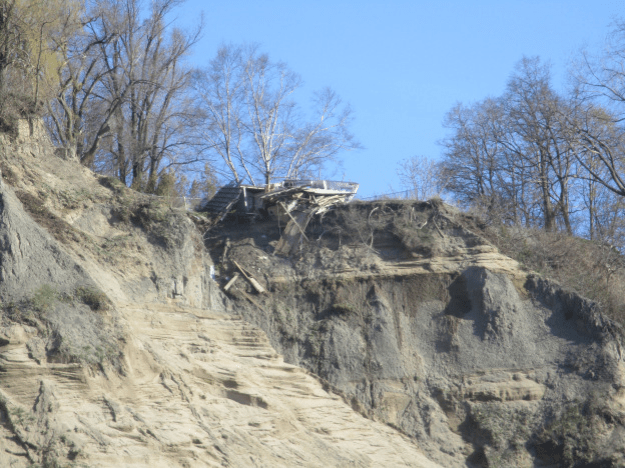
11. The Haunted Hermitage Nov. 15, 2015
The two-story house that would become known as The Hermitage was built in 1855 using hammered limestone for the front and side walls and field stones for the rest. It has been in ruins for years but the remaining walls have been recently restored. Widely sought by paranormal seekers it is said to be haunted by the ghost of William Black. This picture shows the remains of the building that housed the laundry.
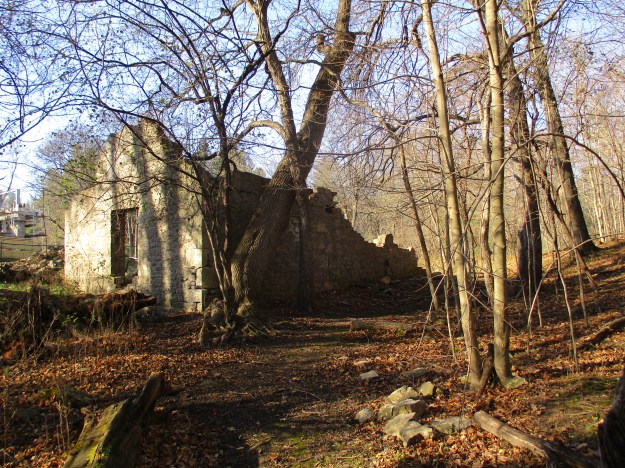
10. The Devil’s Punchbowl Dec. 26, 2015
The Devil’s Punchbowl, along with the Lower Punchbowl, is one of the few places where you can see all the geological layers of the Niagara Escarpment.

9. La Grande Hermine Sep. 16, 2016
The wrecked ship that sits along the side of the QEW near St. Catherines is featured in this short story.
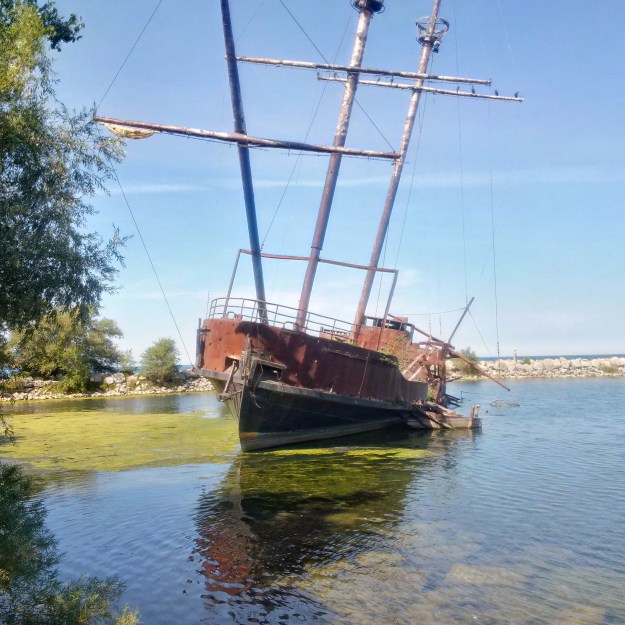
8. Camp Calydor Gravenhurst Aug. 2, 2015
Known as Camp 20, Calydor was a P.O.W. camp in Gravenhurst which housed German officers. Previously a tourist resort and then a tuberculosis sanitarium, it was used as a resort again before being closed for good.

7. The Vandalized Memorial Dec. 13, 2015
Taras Shevchenko was born in Ukraine in 1814 in the feudal system of the era. He was orphaned at the age of 11 and went on to become one of the country’s most prolific writers composing over 1000 works. Some consider him to be the Ukrainian version of Shakespeare. His memorial was opened in Oakville in 1950 but has been vandalized on multiple occasions.

6. The Ghost Town Of Sixteen Hollow Sep. 12, 2015
The area known as Sixteen Hollow was home to an industrial community that became a ghost town by the 1880’s. Today there is not much left except the church and a few remnants including the remains of a former bridge across the ravine.
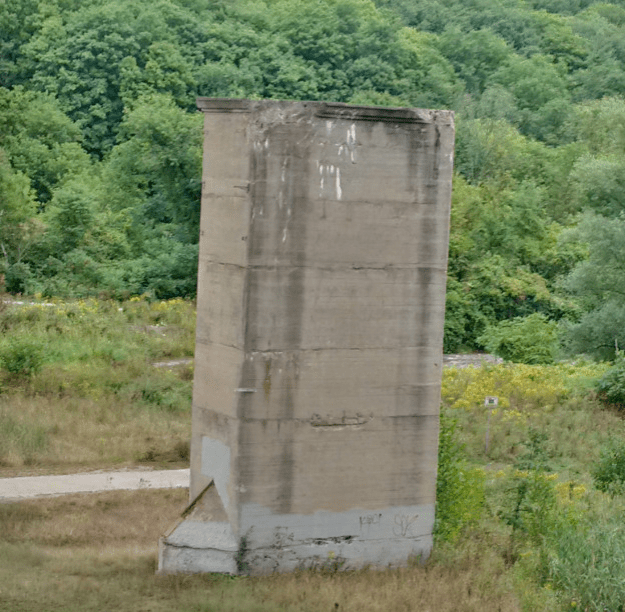
5. Bronte Creek’s Haunted House Jun. 25, 2016
Bronte Creek Provincial Park covers almost 2000 acres of land or about 10 land grants. Created in 1975 it sits along Bronte Creek between Burlington and Oakville. The park includes the homestead of Henry Breckon who, some believe, still haunts the house he built in 1899.

4. Horseshoe Curve Rail Disaster Jun. 12, 2016
When the train left Markdale on Sep. 3, 1907 making a special run to the Exhibition in Toronto everyone anticipated a day of fun and not the horror that would leave 7 dead and 114 injured. This post looks at what remains of the site today including the curve that can still be seen in the field pictured below.
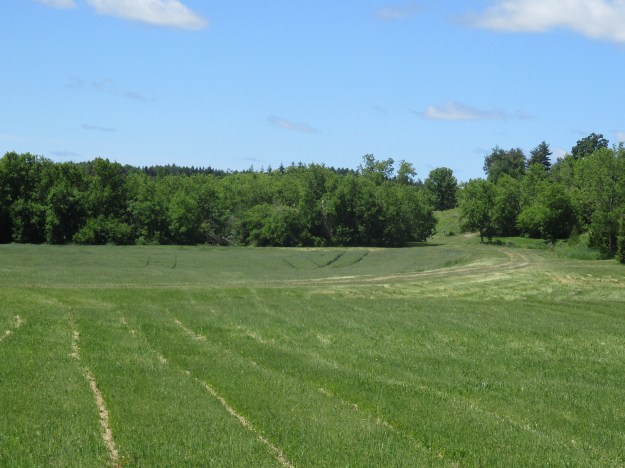
3. The Longhouse People Of Crawford Lake Nov. 21, 2015
Crawford Lake is one of a handful of meromictic lakes in Ontario and this fact led to the discovery of a pre-contact native village. An ungrooved axe or celt had been found here by a previous land owner and it is now part of a 10,000 artifact collection that has been uncovered between 1973 and 1989. The post holes for the frames of 11 longhouses have been discovered and three of these have been reconstructed.

2. Lotten – Cawthra Estate Mississauga Jan. 31, 2016
In 1926 Grace Cawthra-Elliot and her husband Colonel Harry Cawthra Elliot built a new home on the family property near Port Credit using bricks covered with plaster. The old dirt road that accessed the home has since been named Cawthra Road and widened to 6 lanes in places. The property has been protected from development because it is also the habitat of Jefferson Salamanders, a species seen to be at risk. Grace called the property Lotten because it was lot ten.
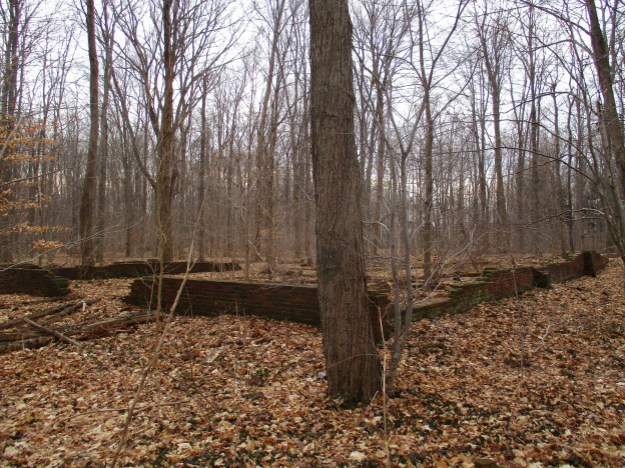
1 The Gap Nov. 14, 2015
In 1962 a quarry blasted a huge gap in the Niagara Escarpment and set off a chain reaction that led to the escarpment being declared a World Biosphere Reserve by UNESCO. The gap in the escarpment can be seen from the 401 which is 3 km away. This hike explores the Gap and the history of the quarry behind it.
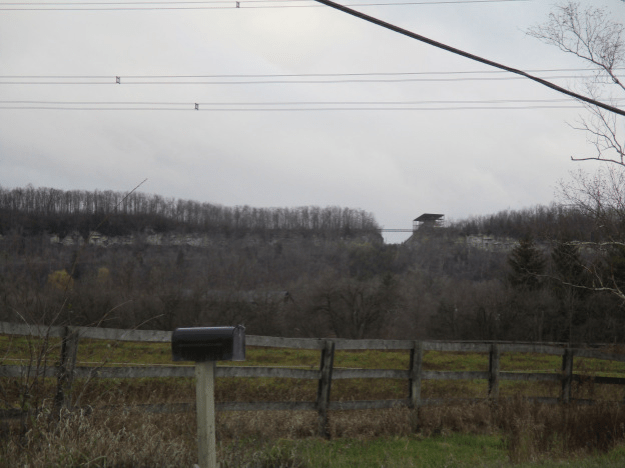
Here’s a link to the post: Greatest Treks which looks back on the 15 most popular stories of our first chapter. Thanks for taking the time to read some of our stories or enjoy the pictures and perhaps we’ll cross paths on a trail somewhere down the road.
Like us at http://www.facebook.com/hikingthegta
Follow us at http://www.hikingthegta.com
